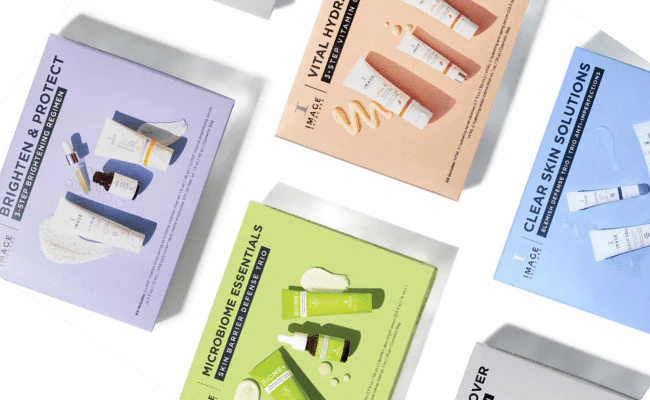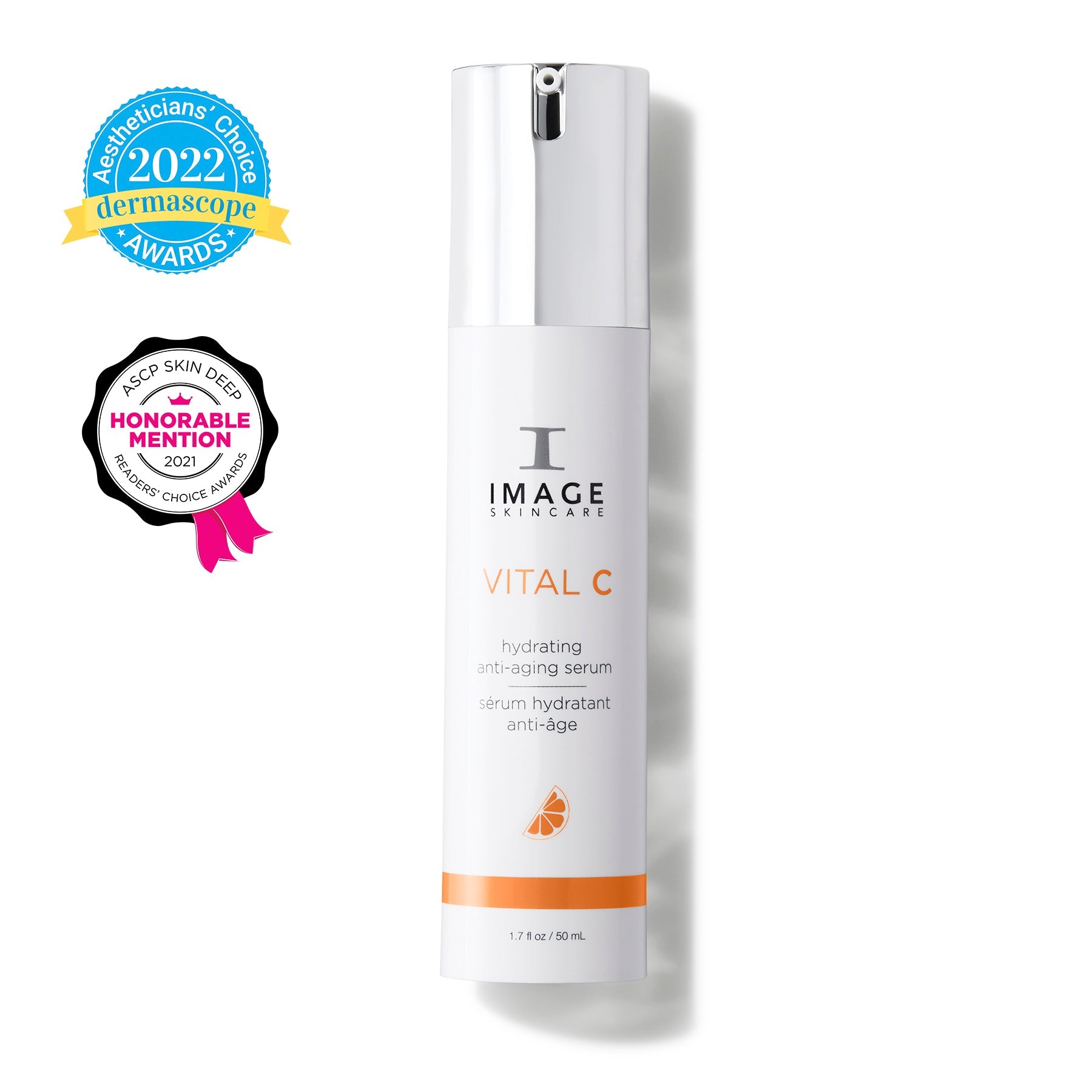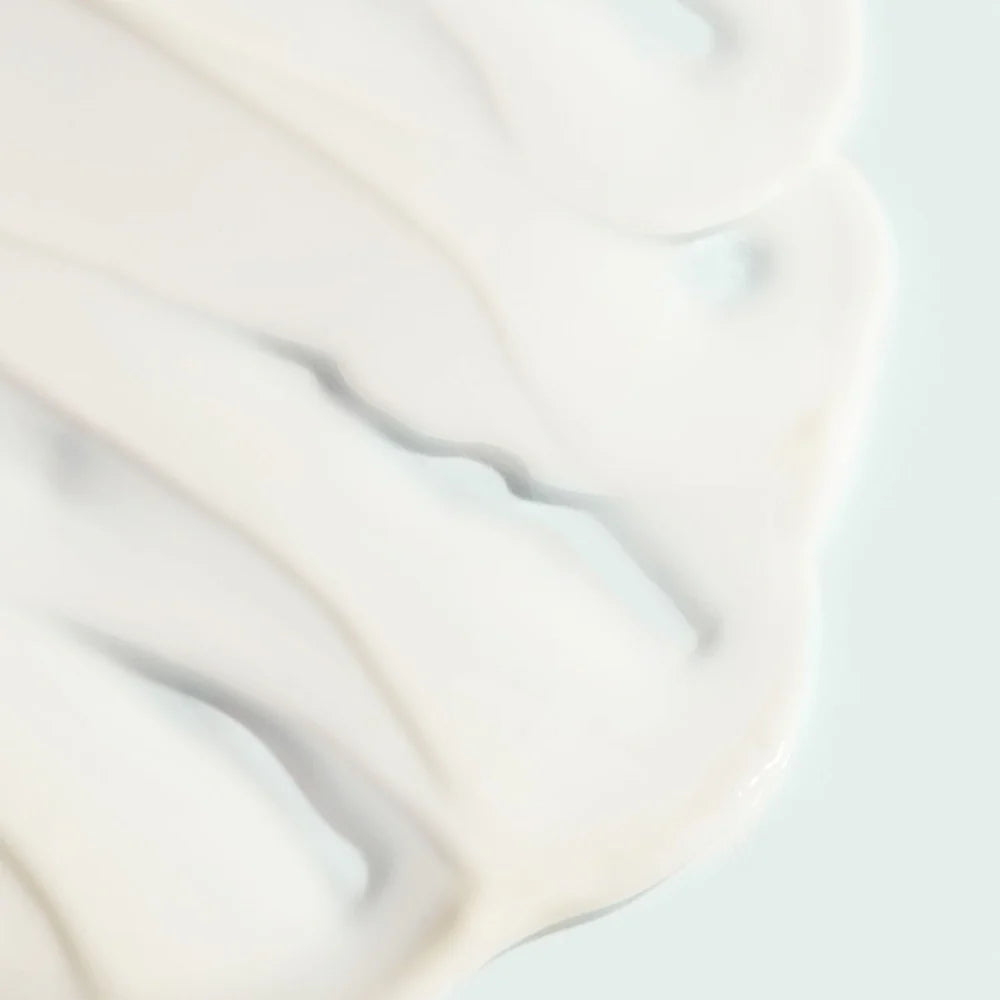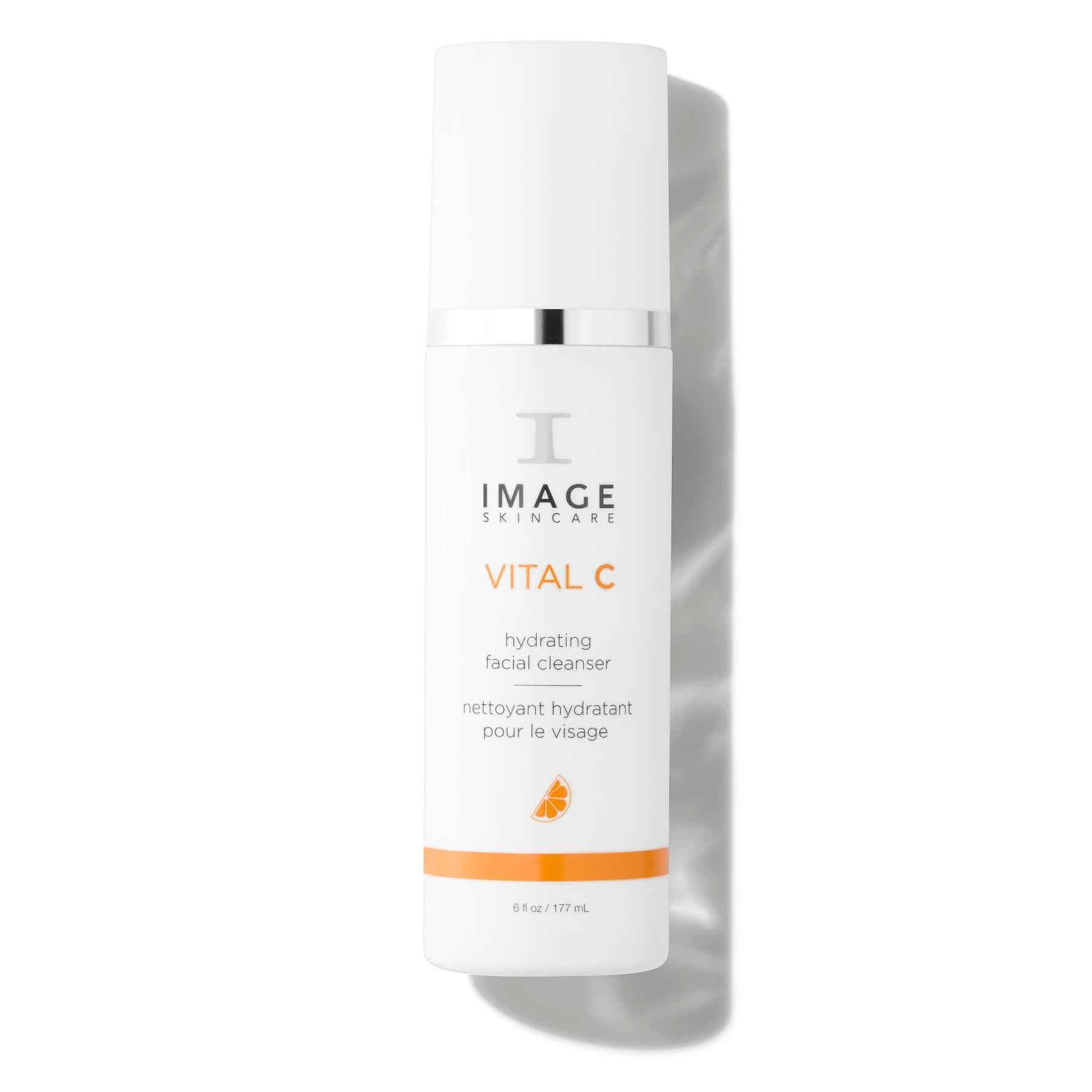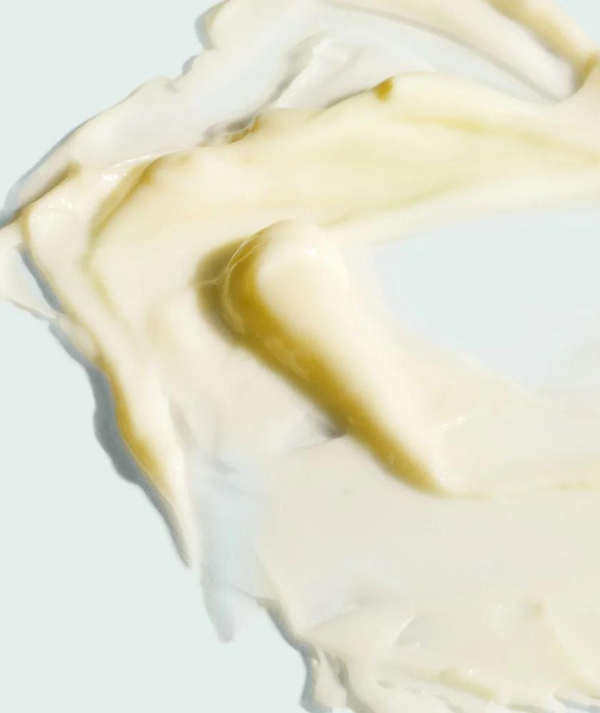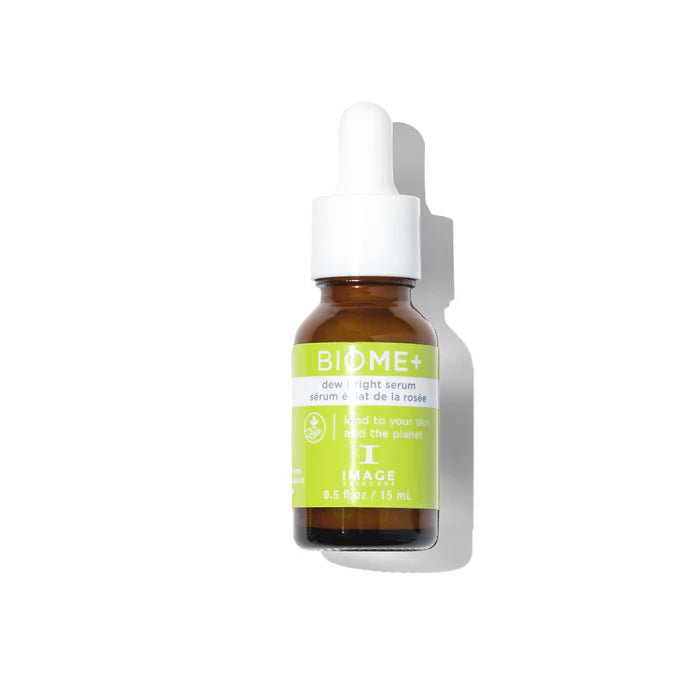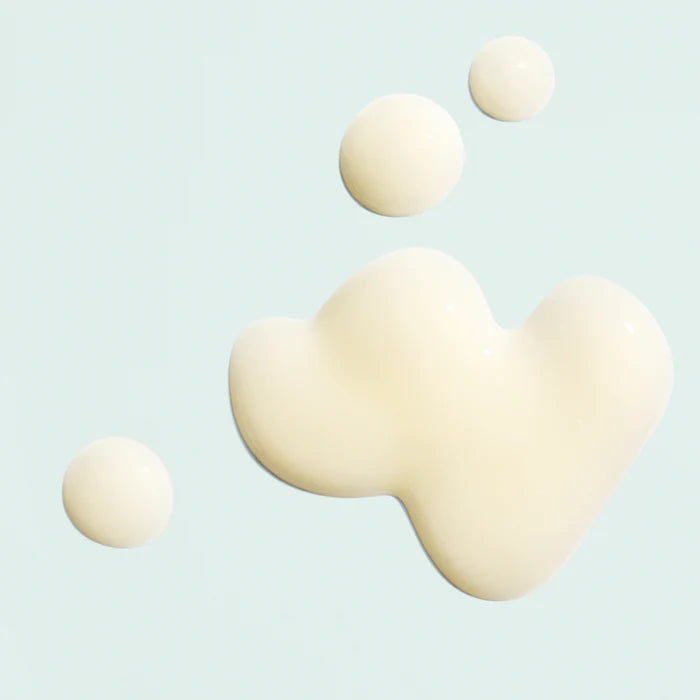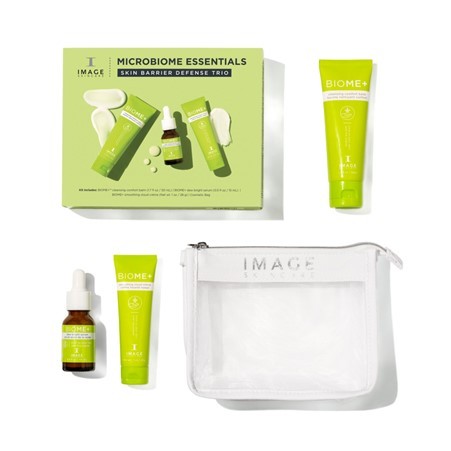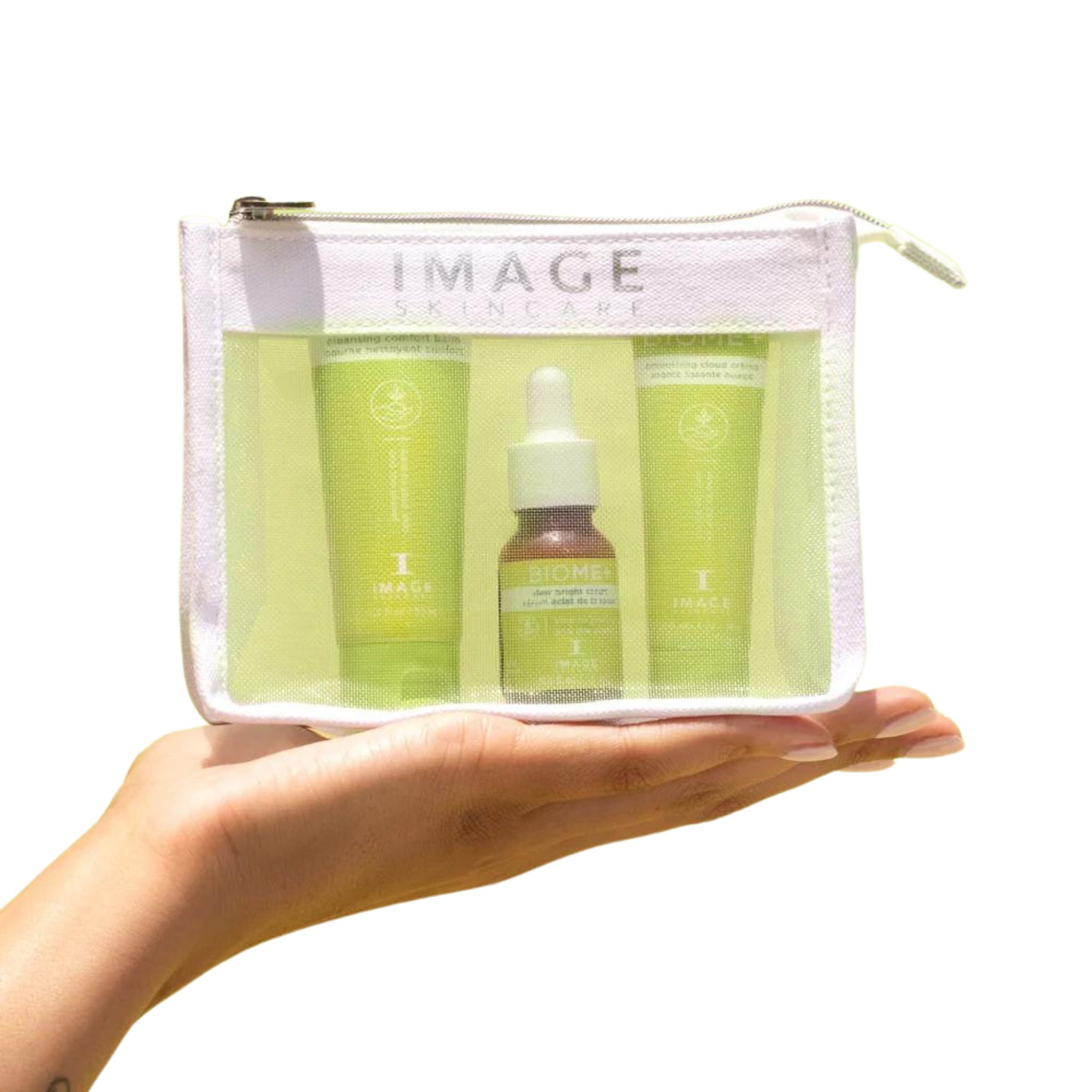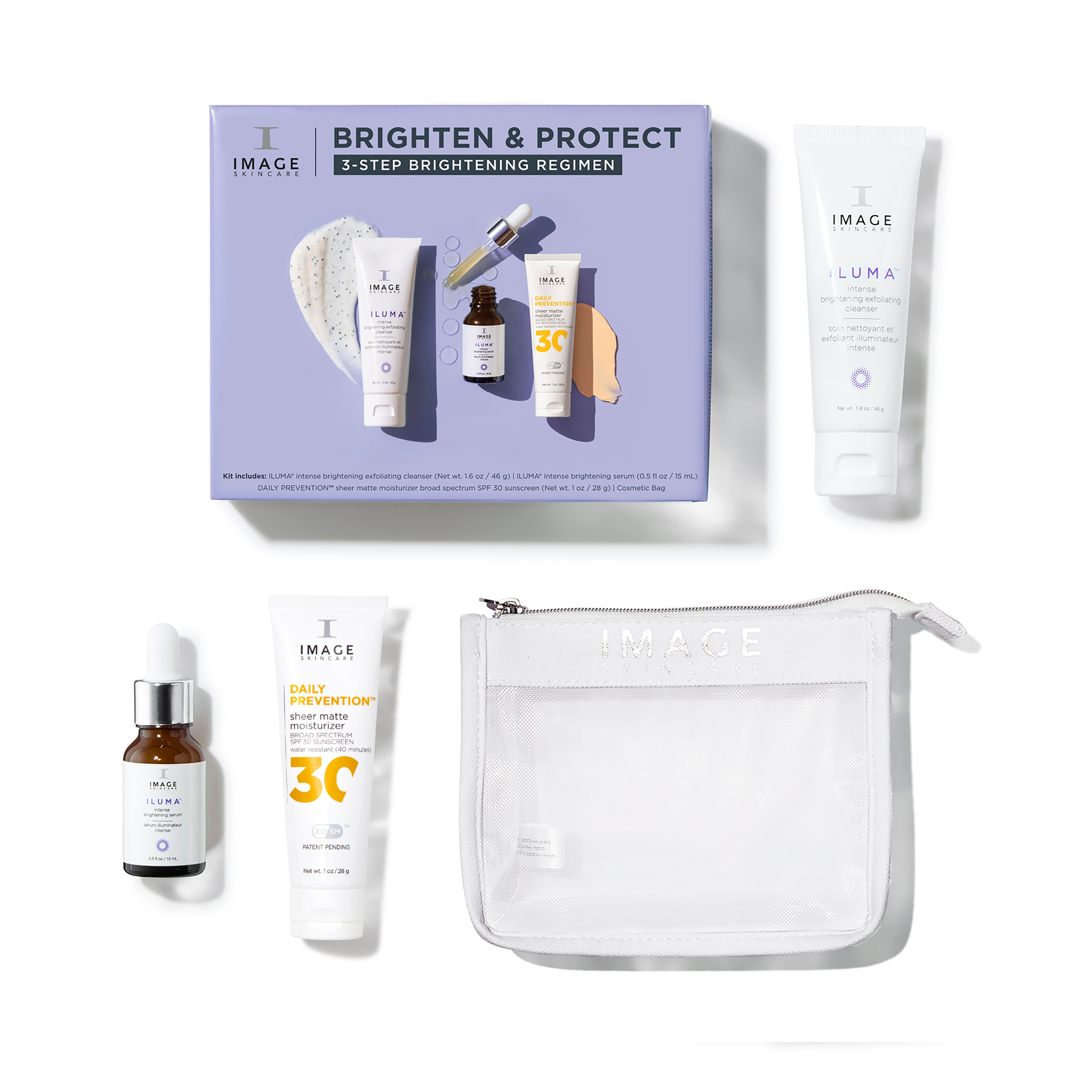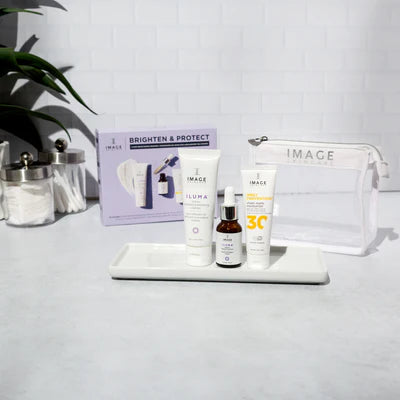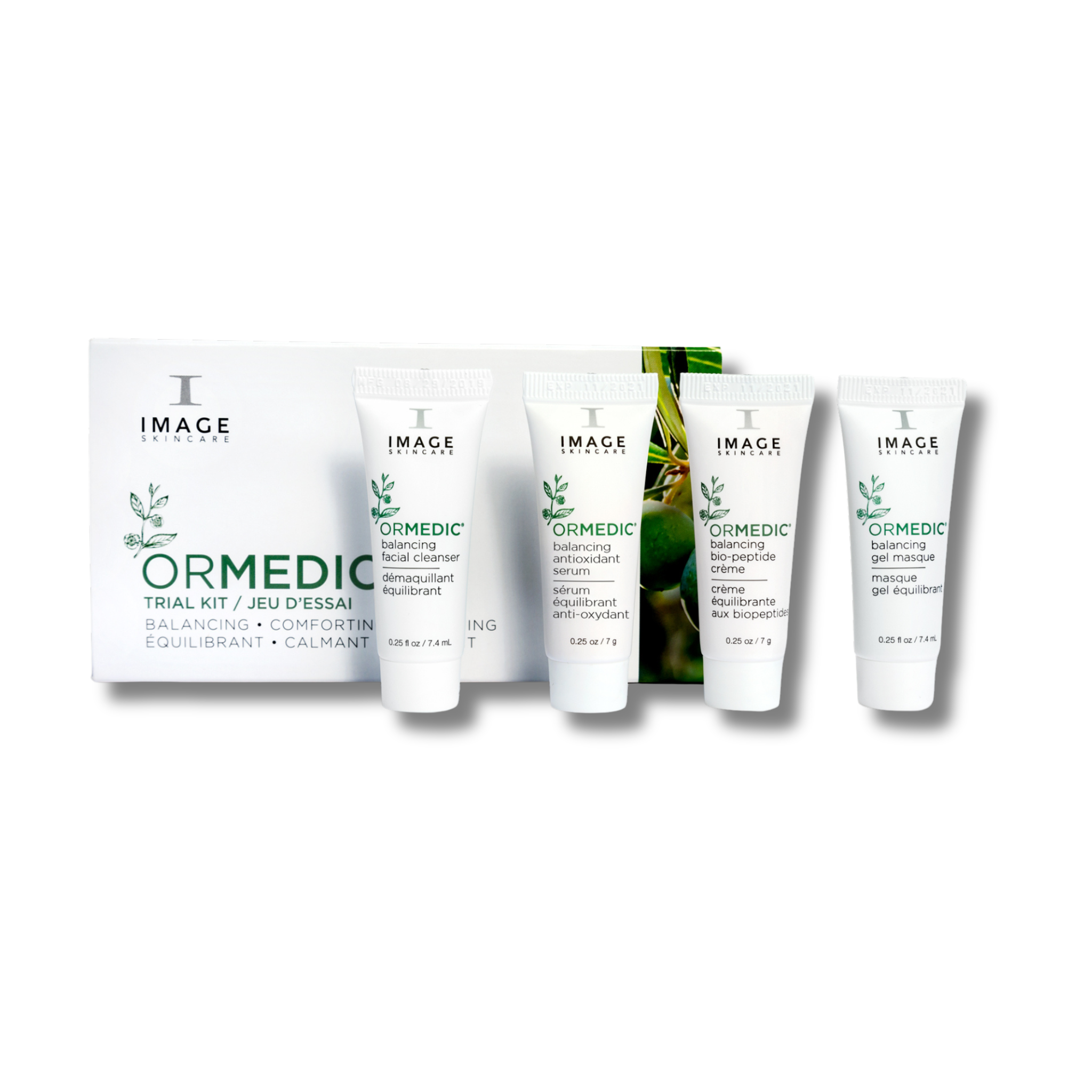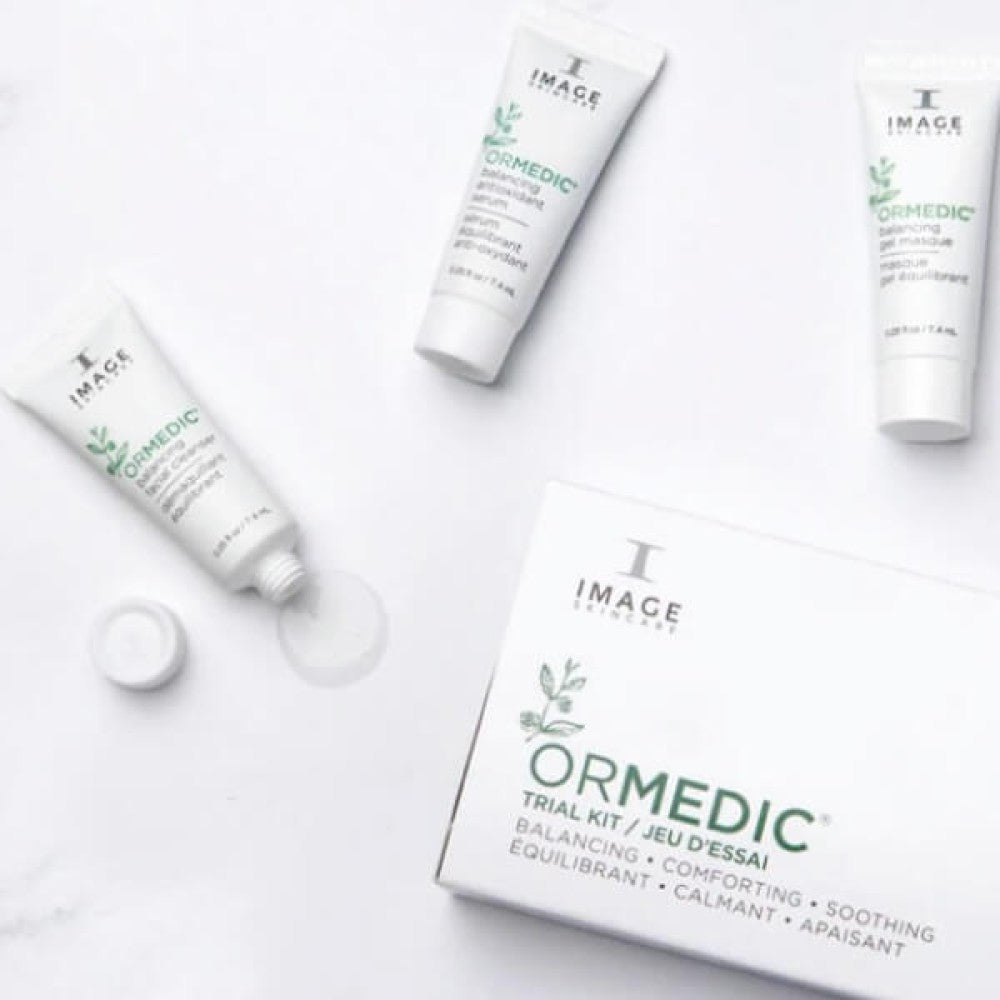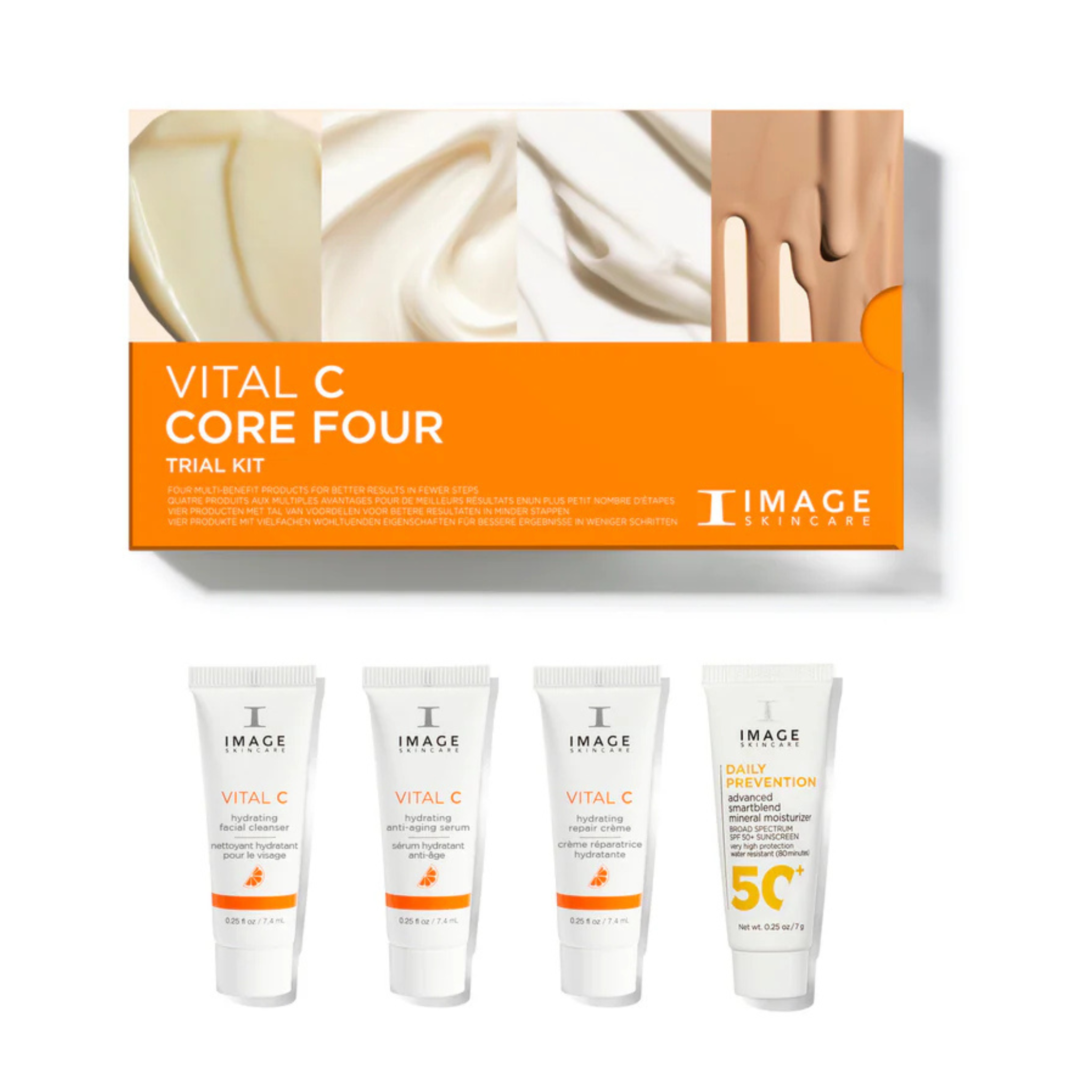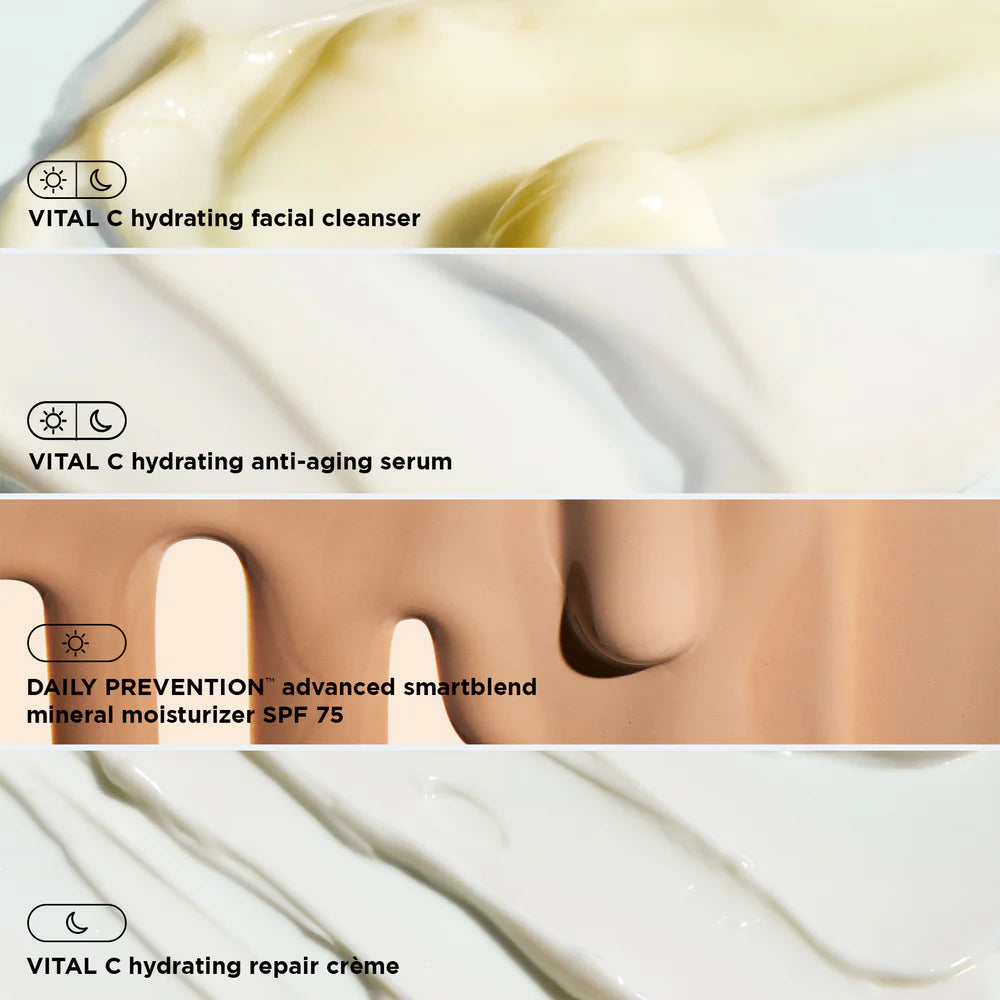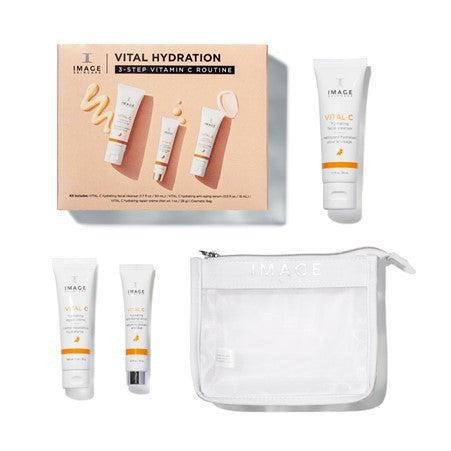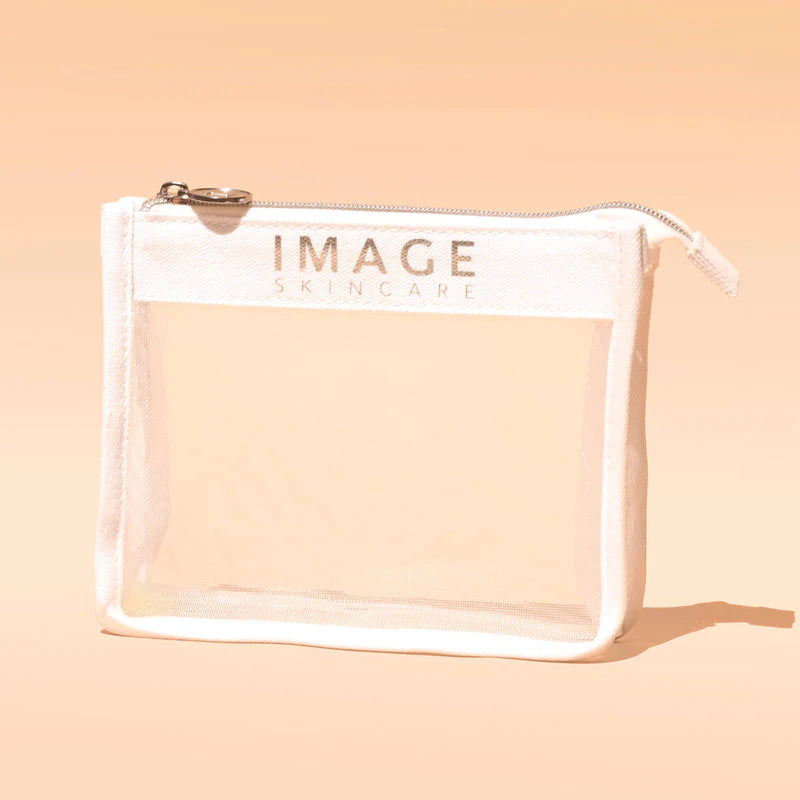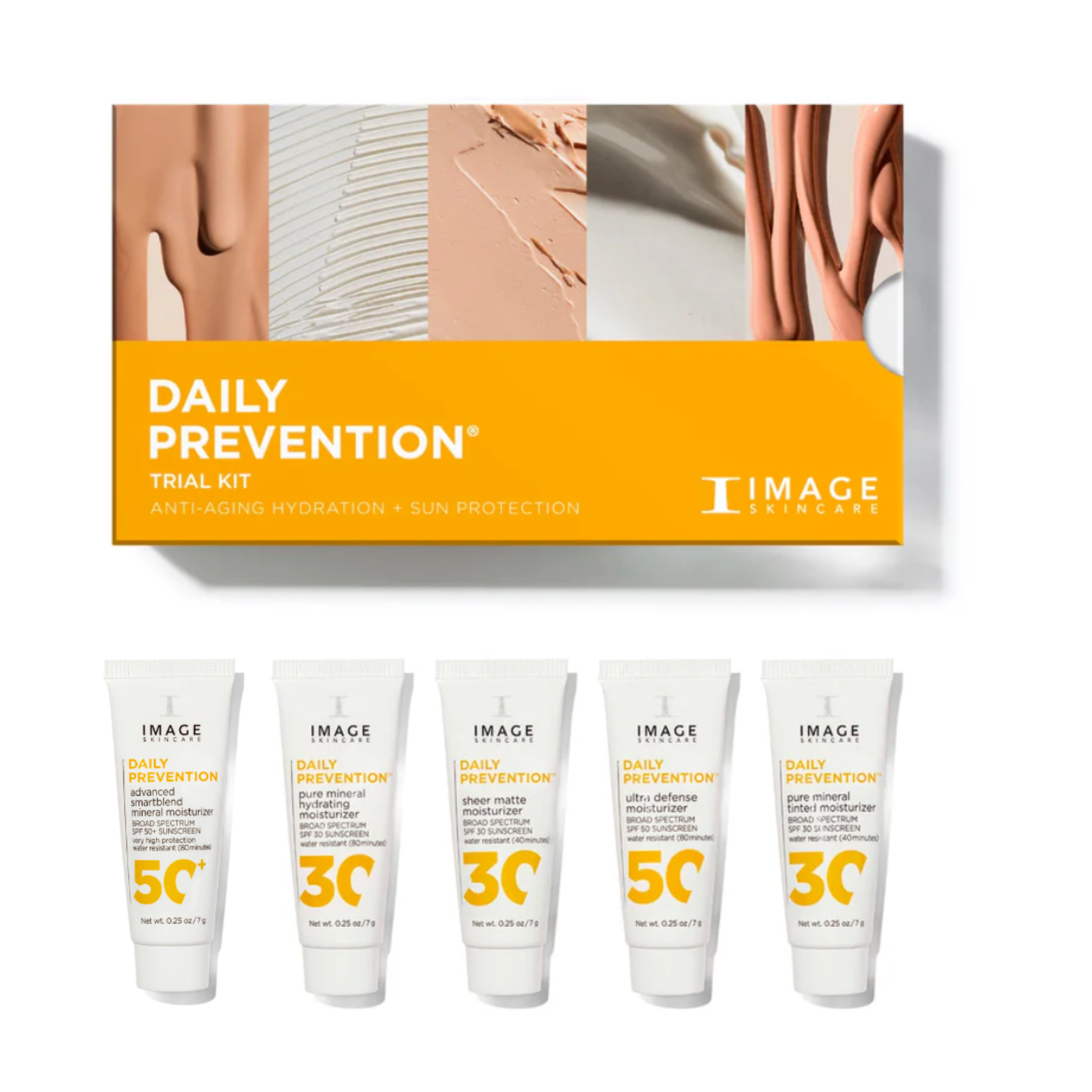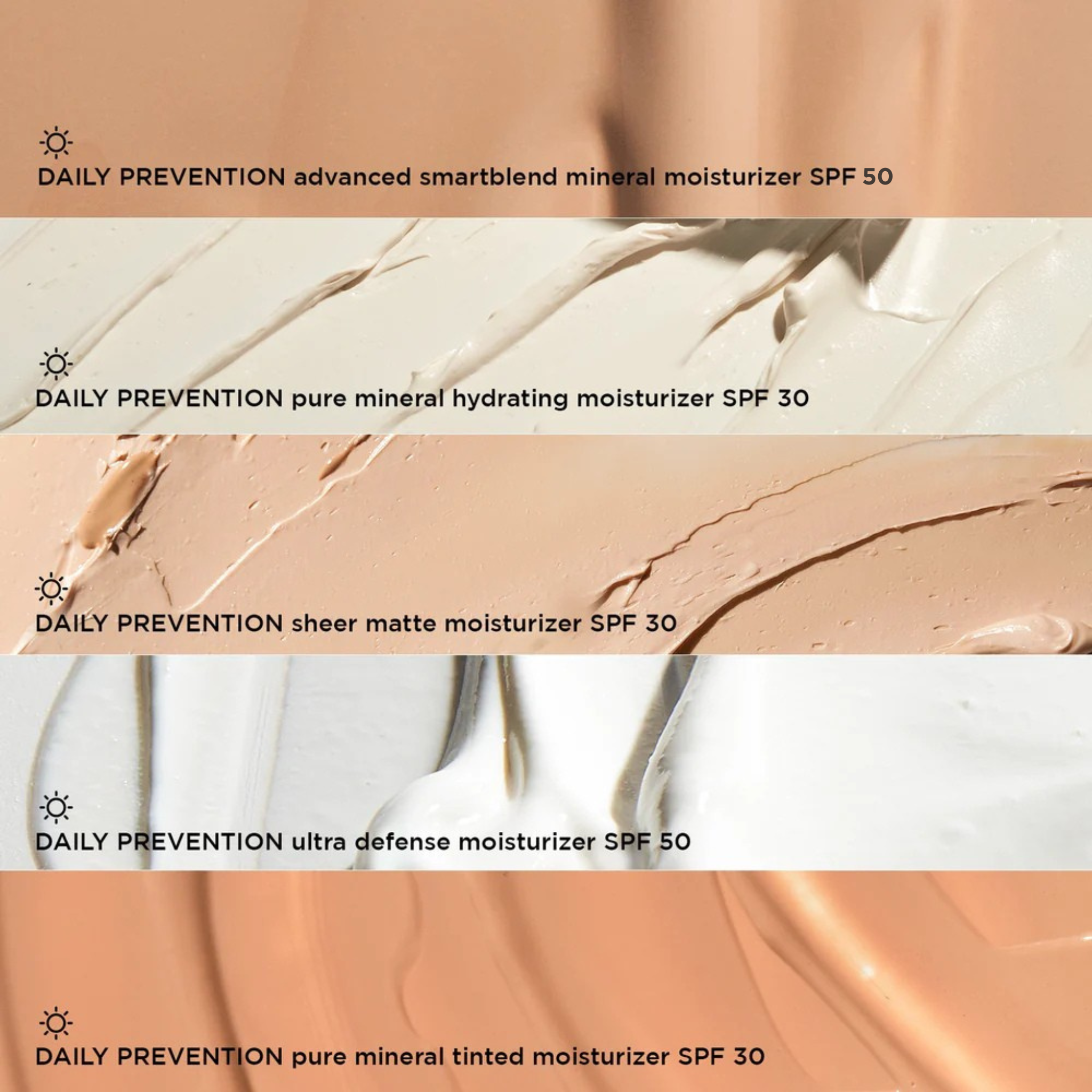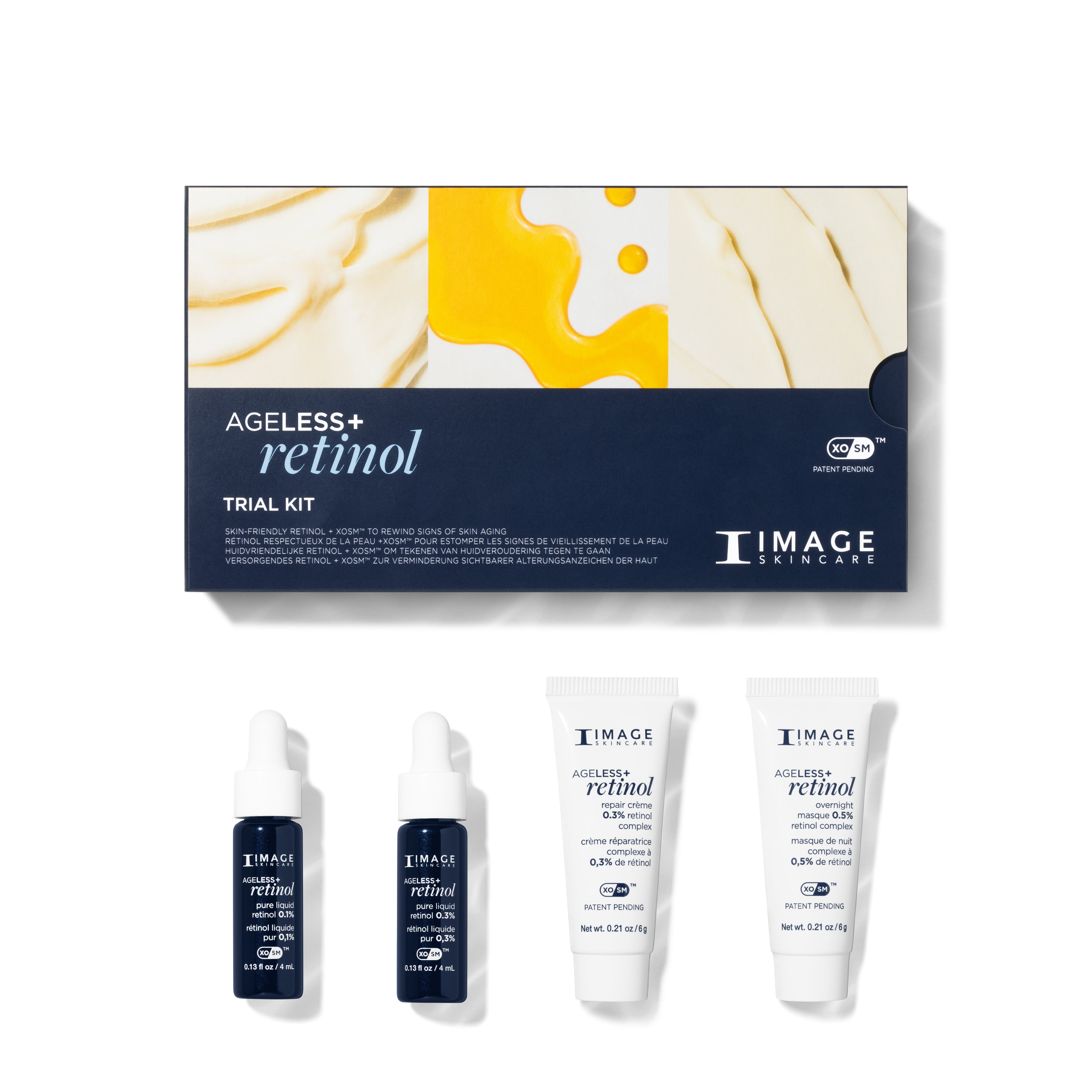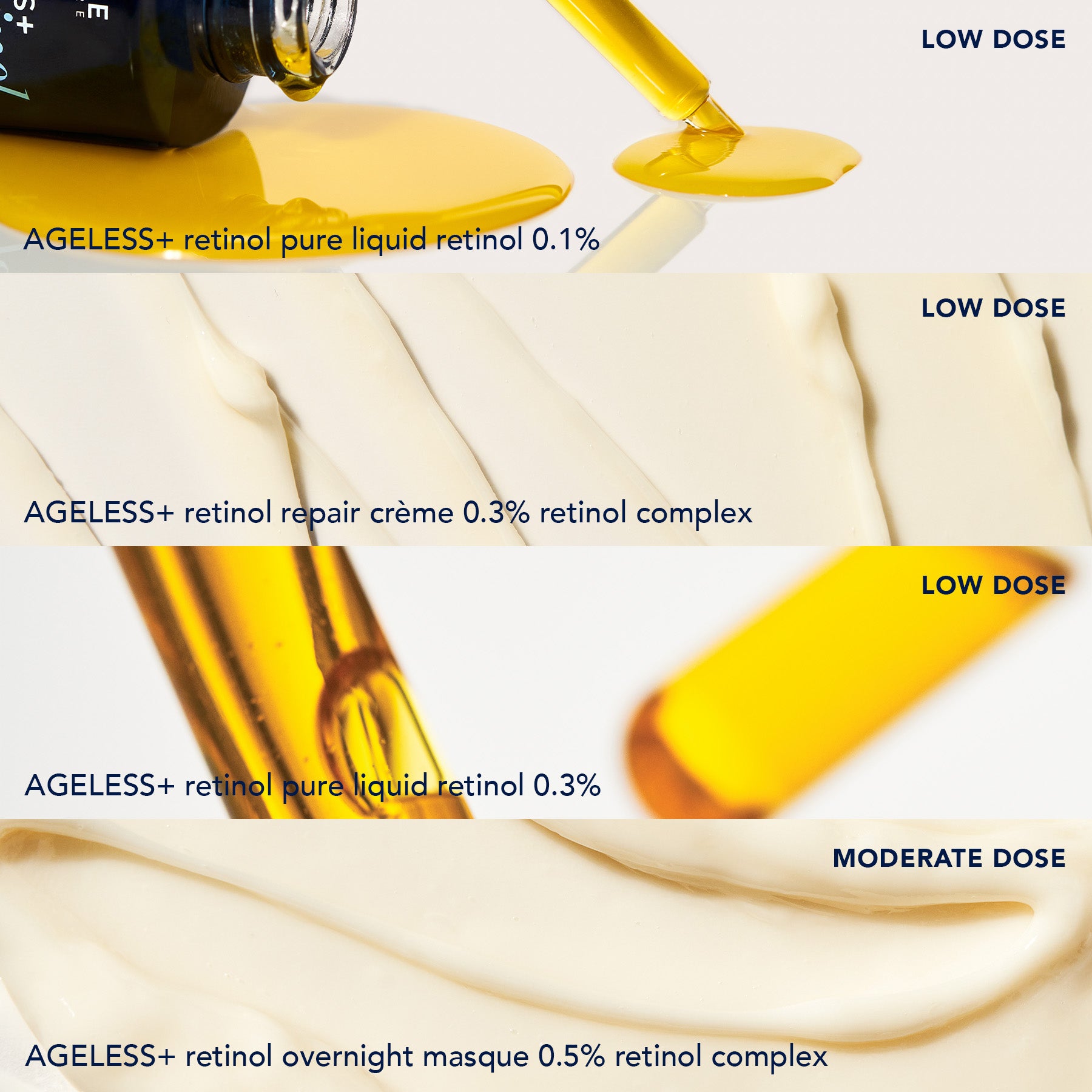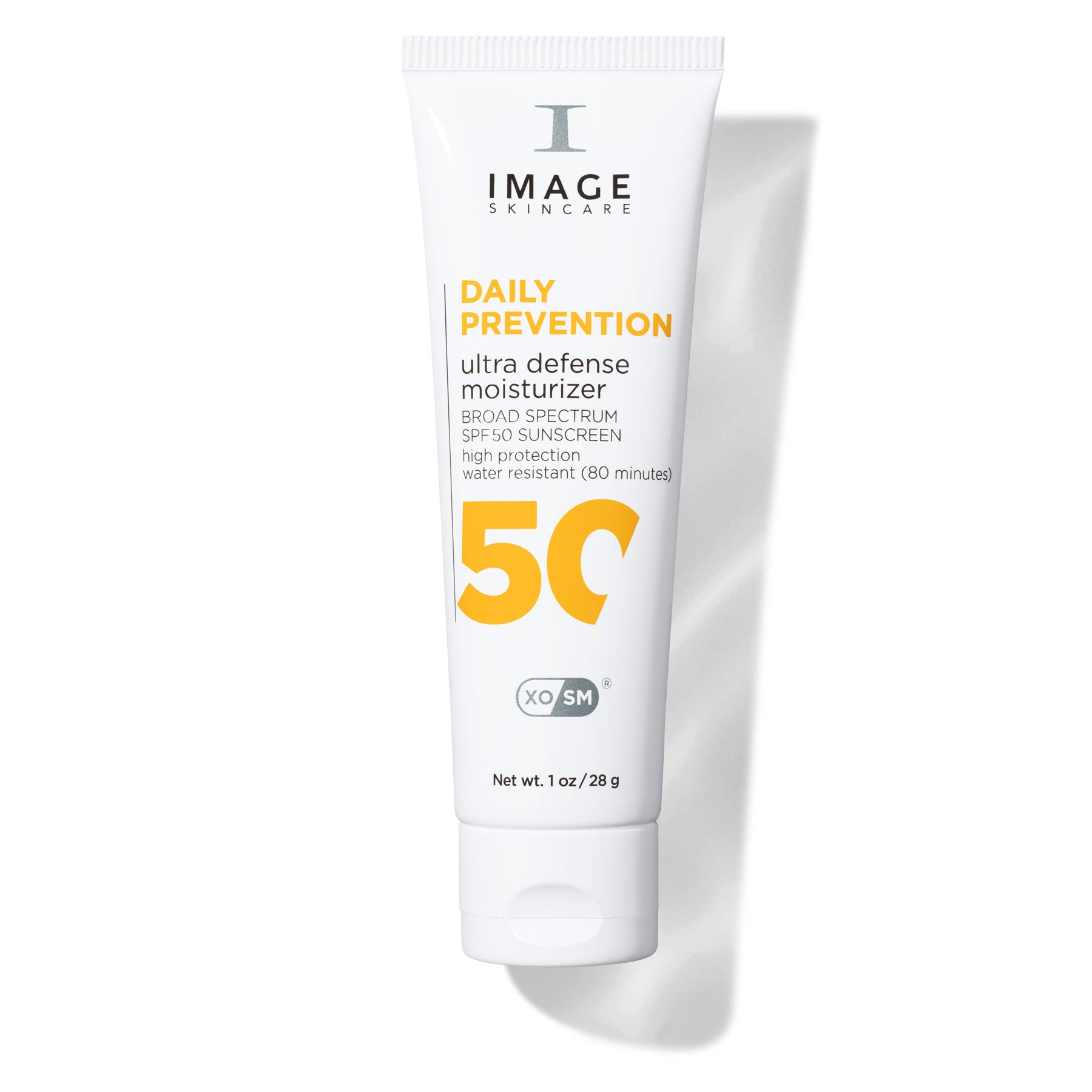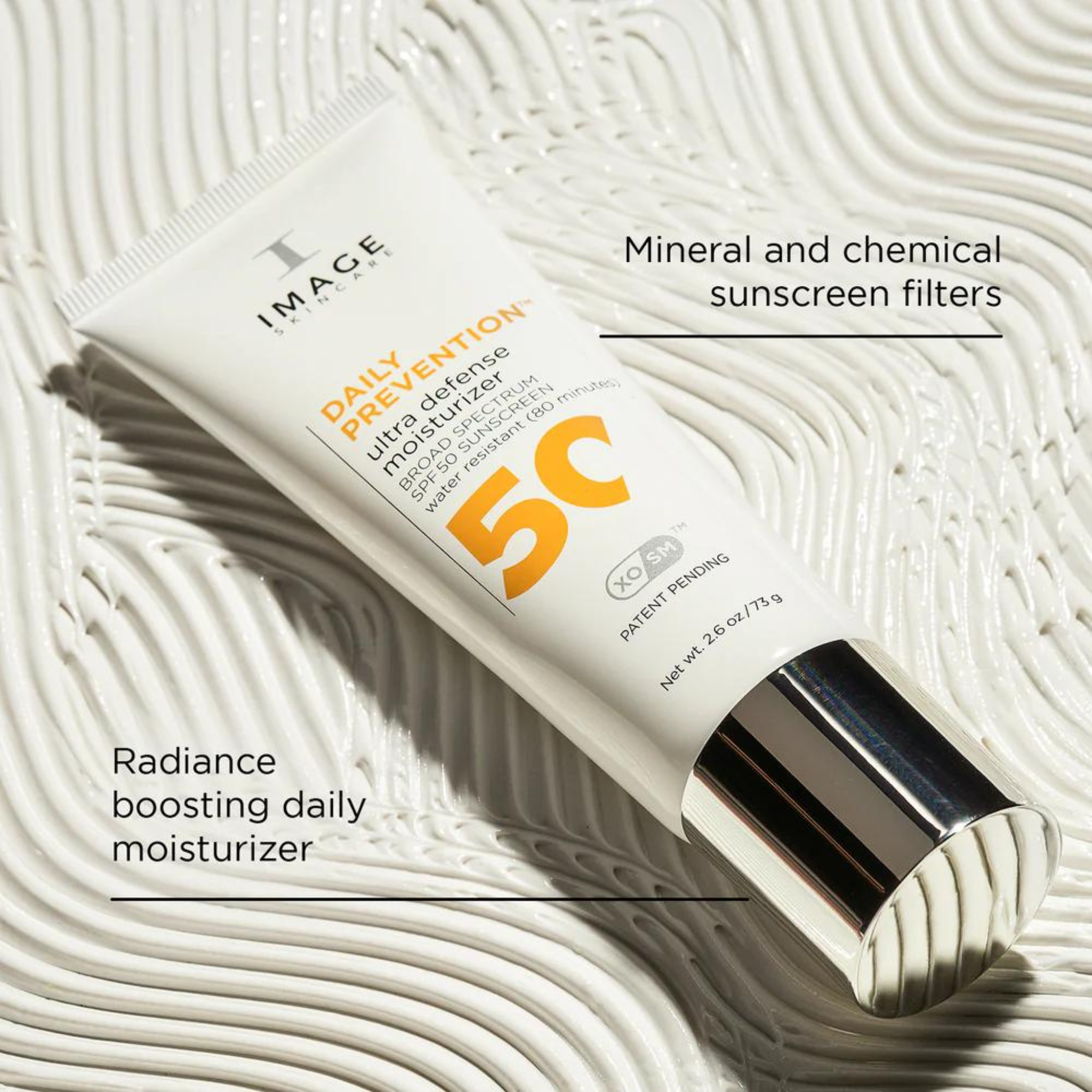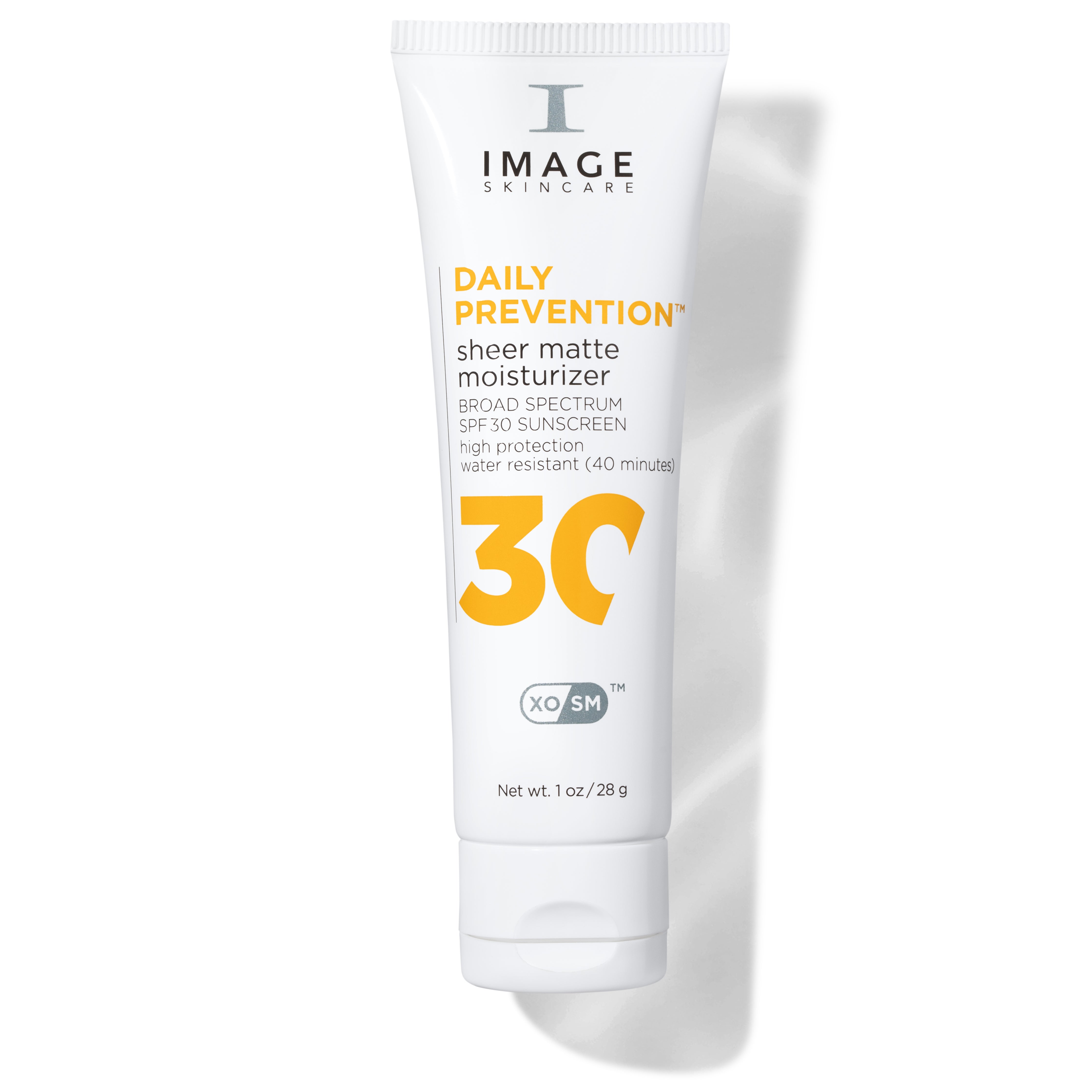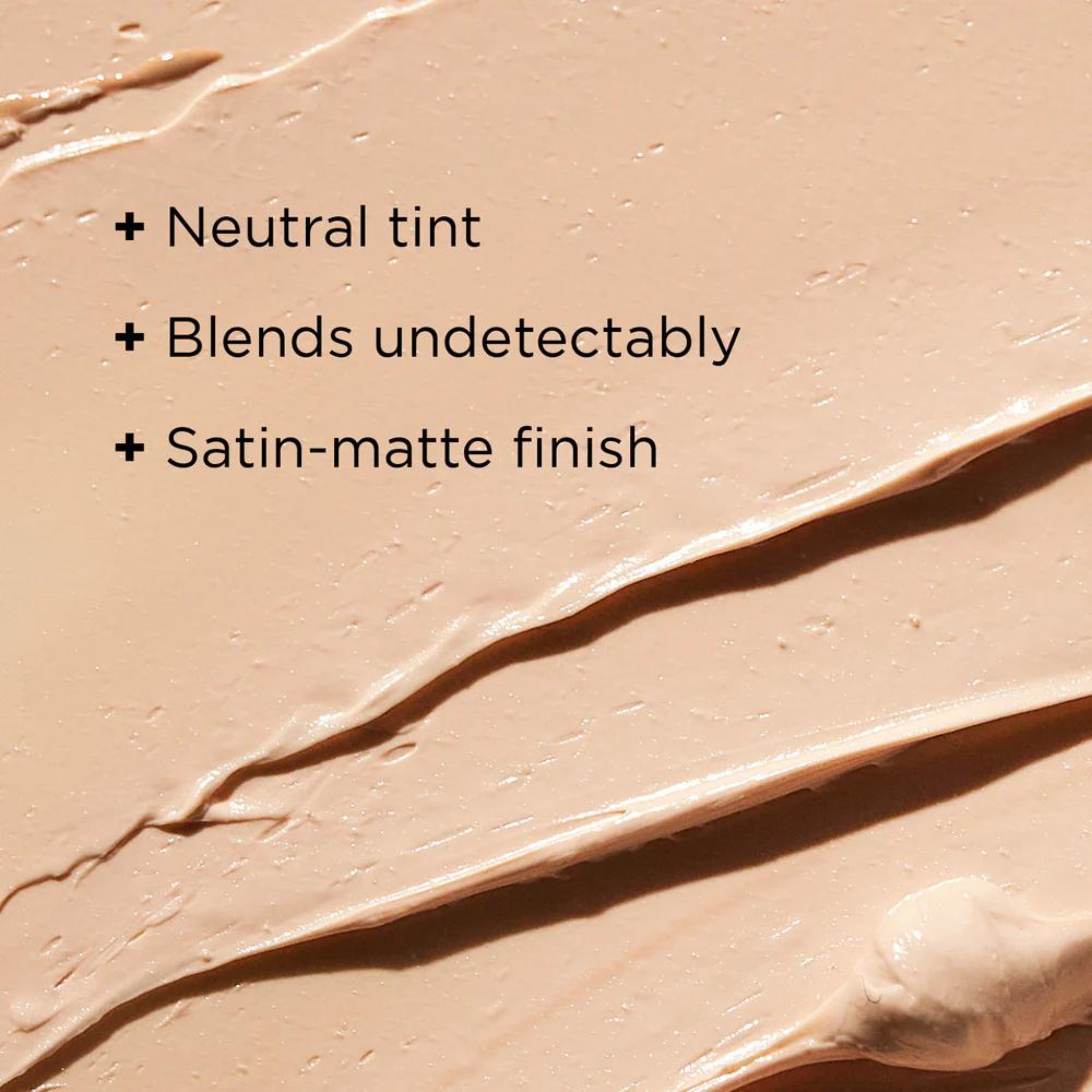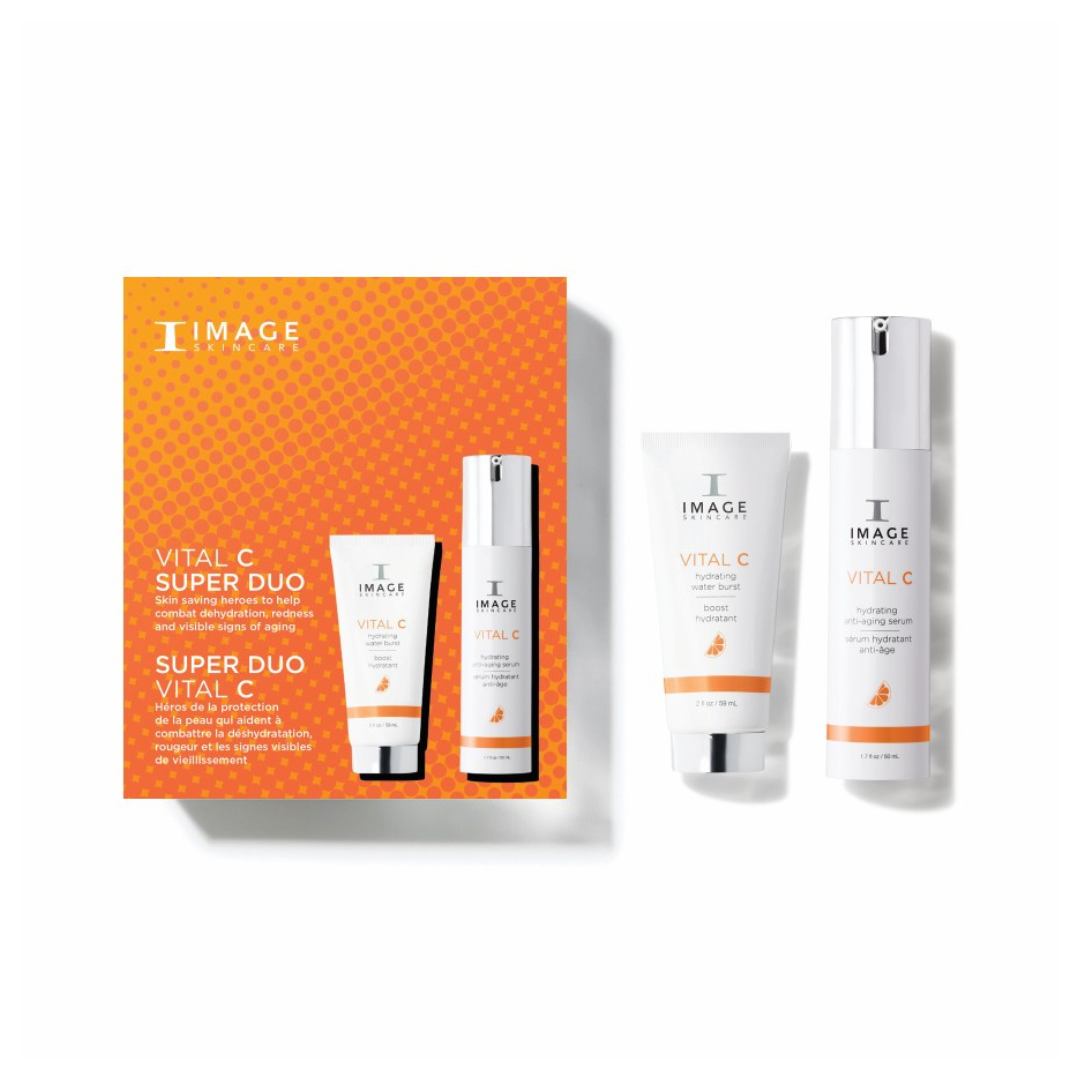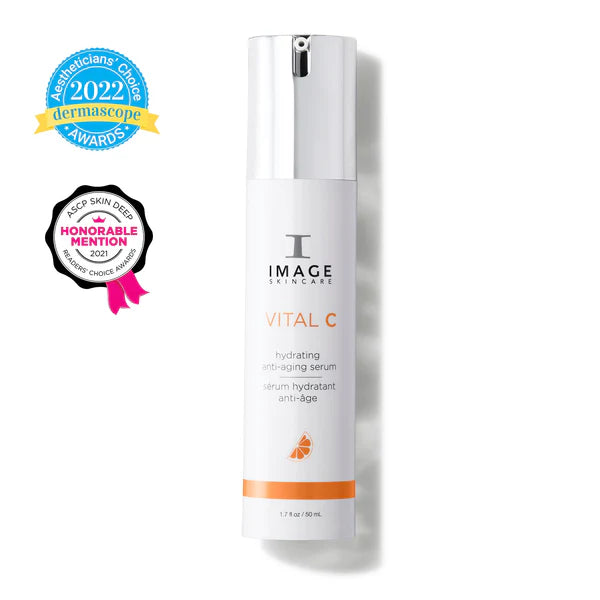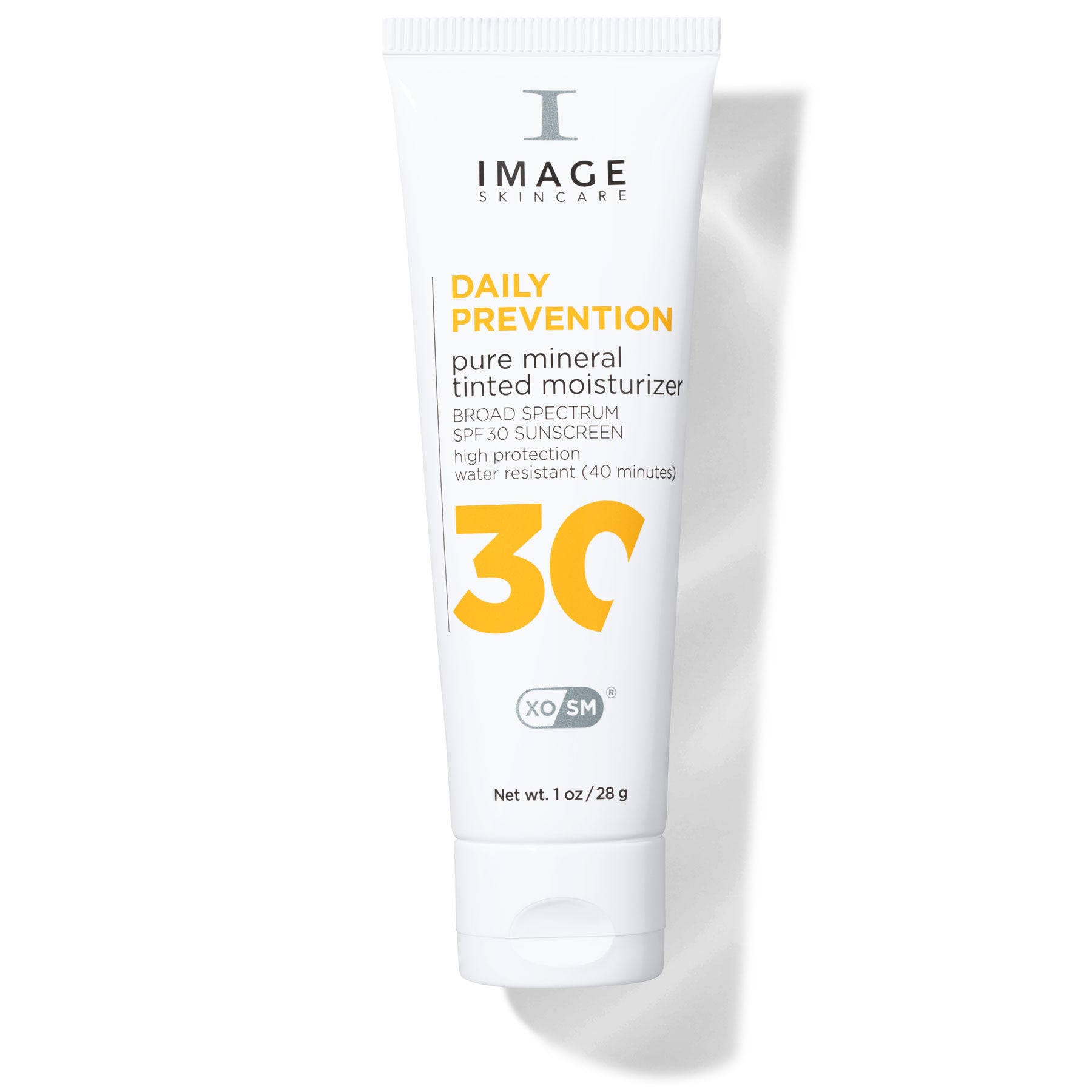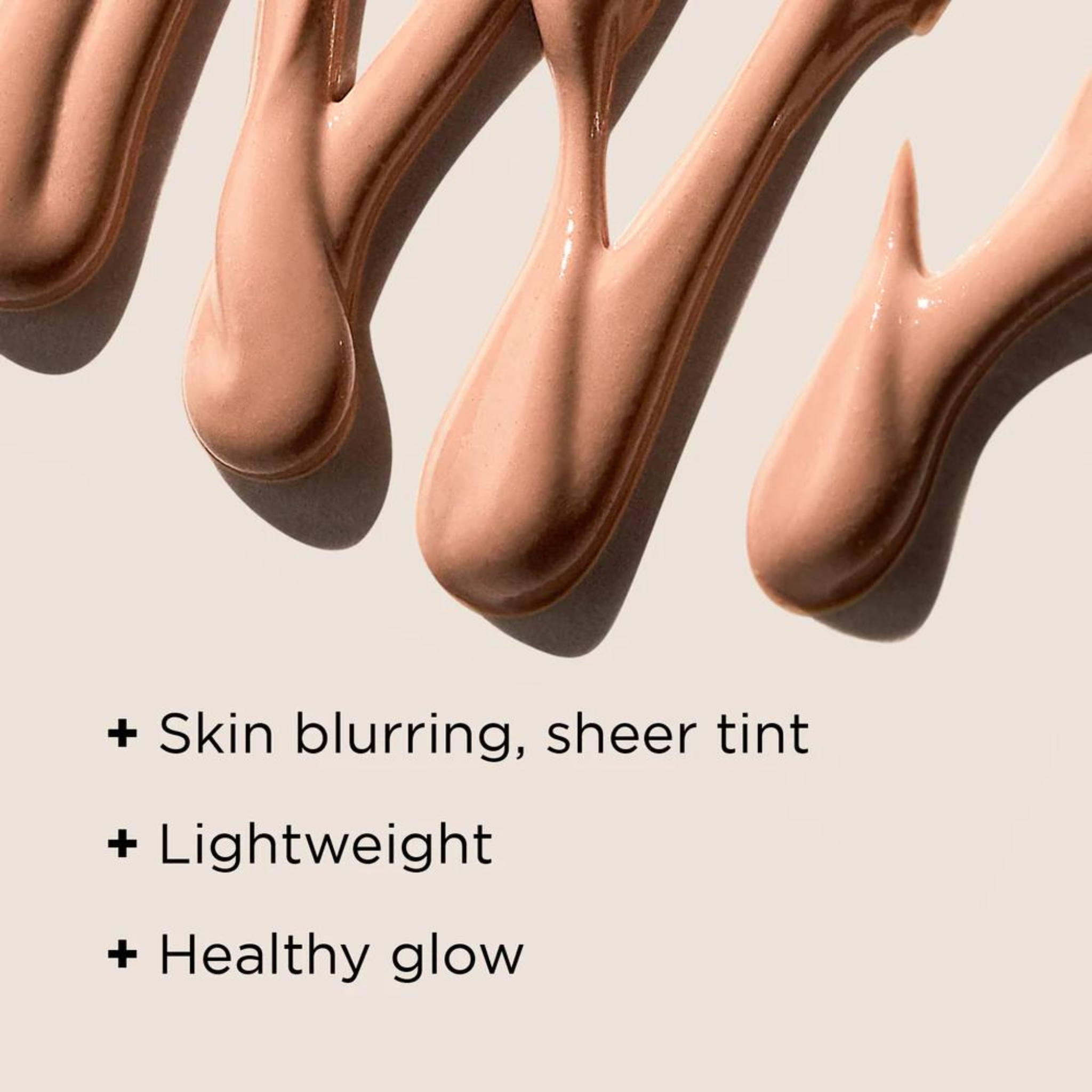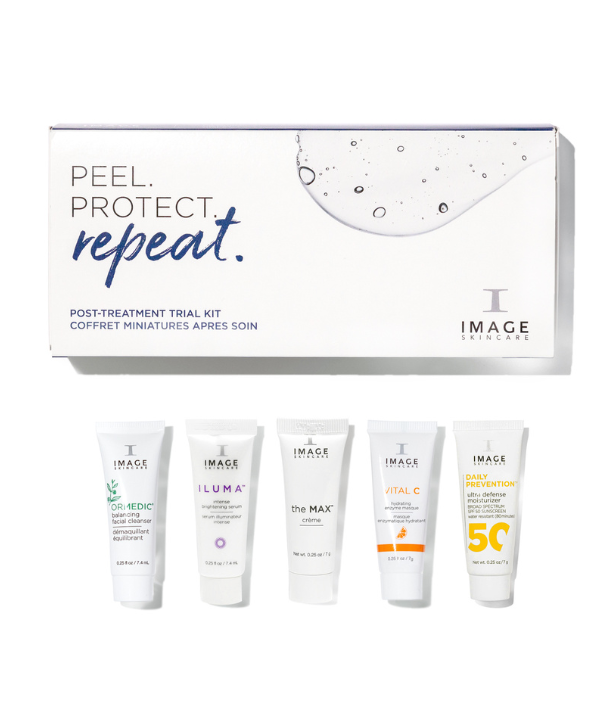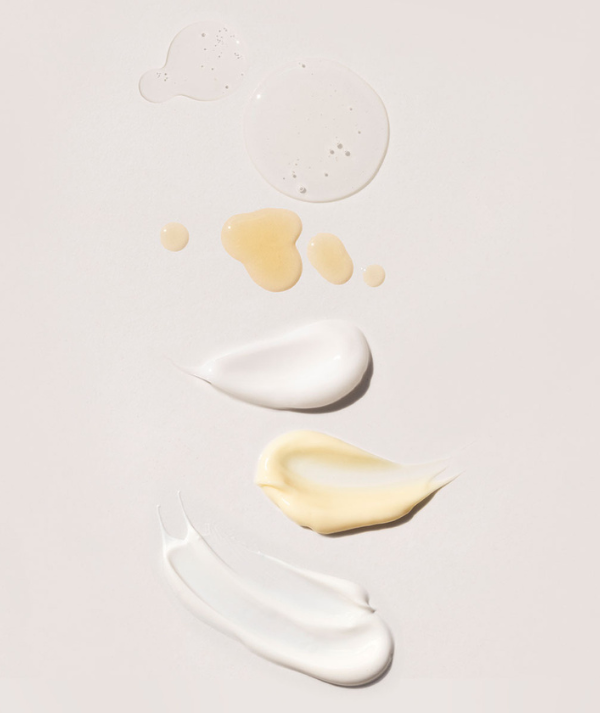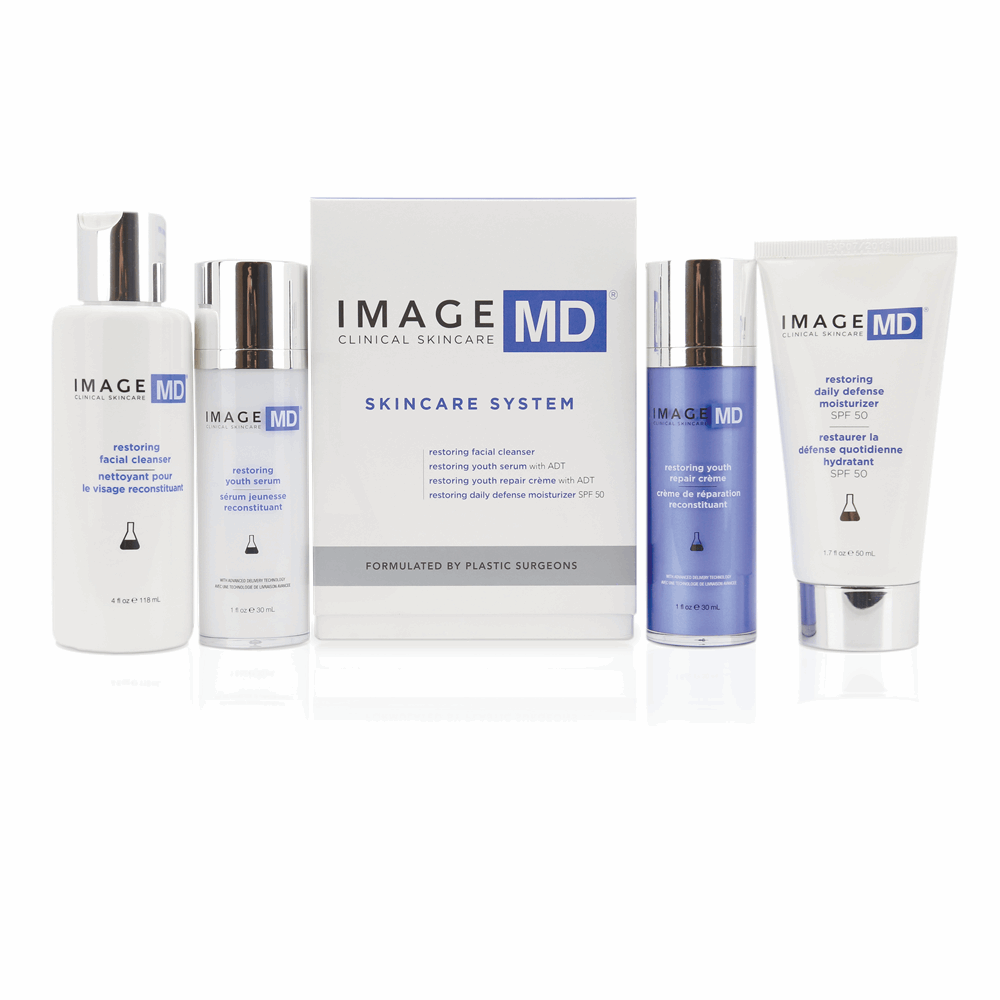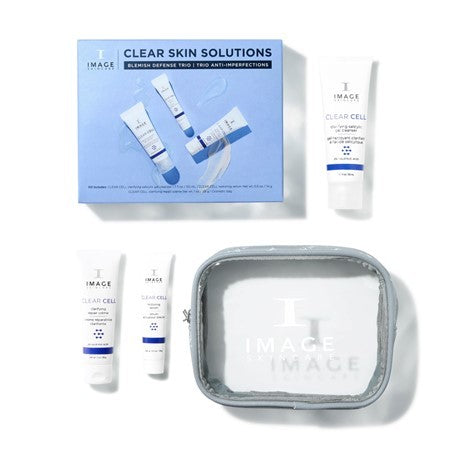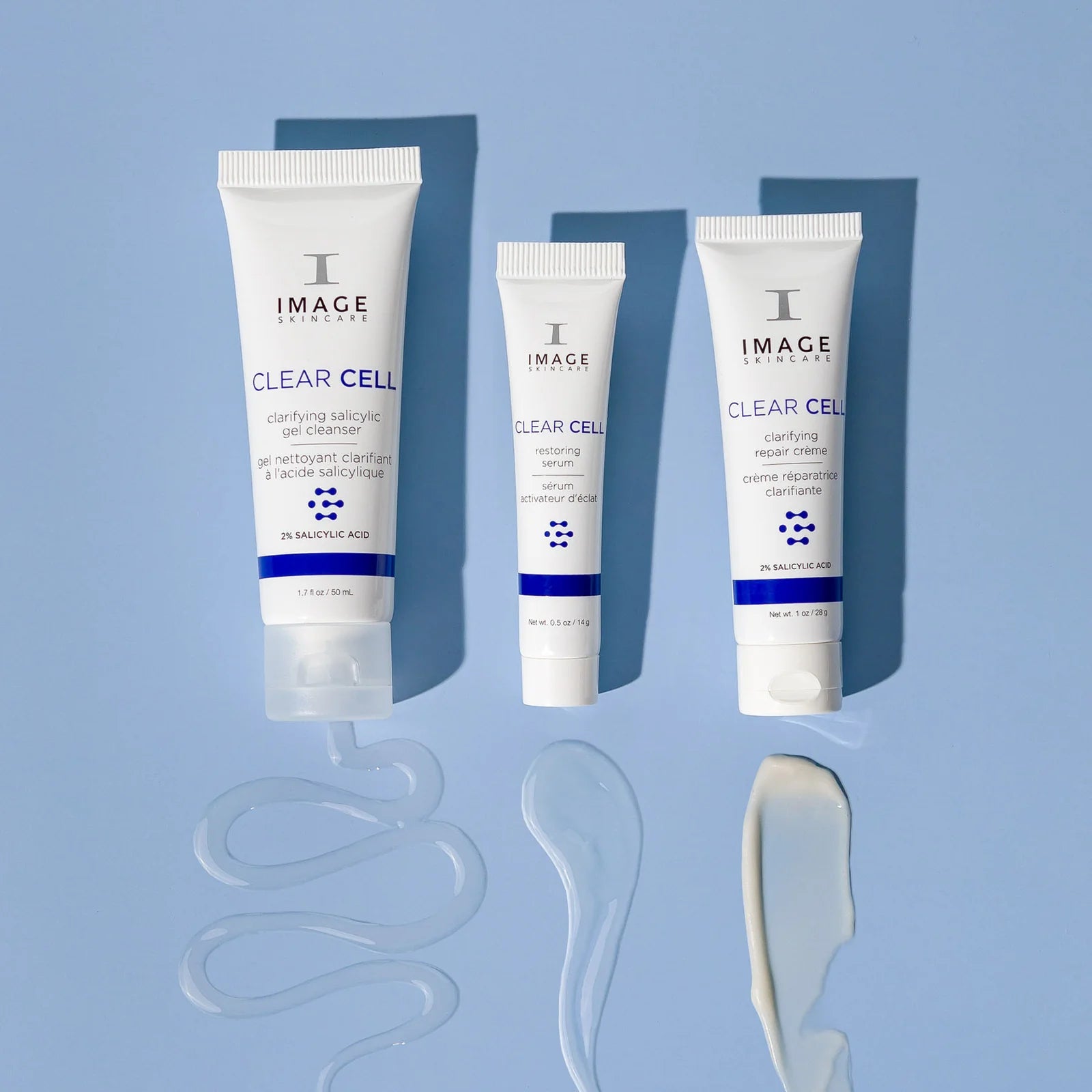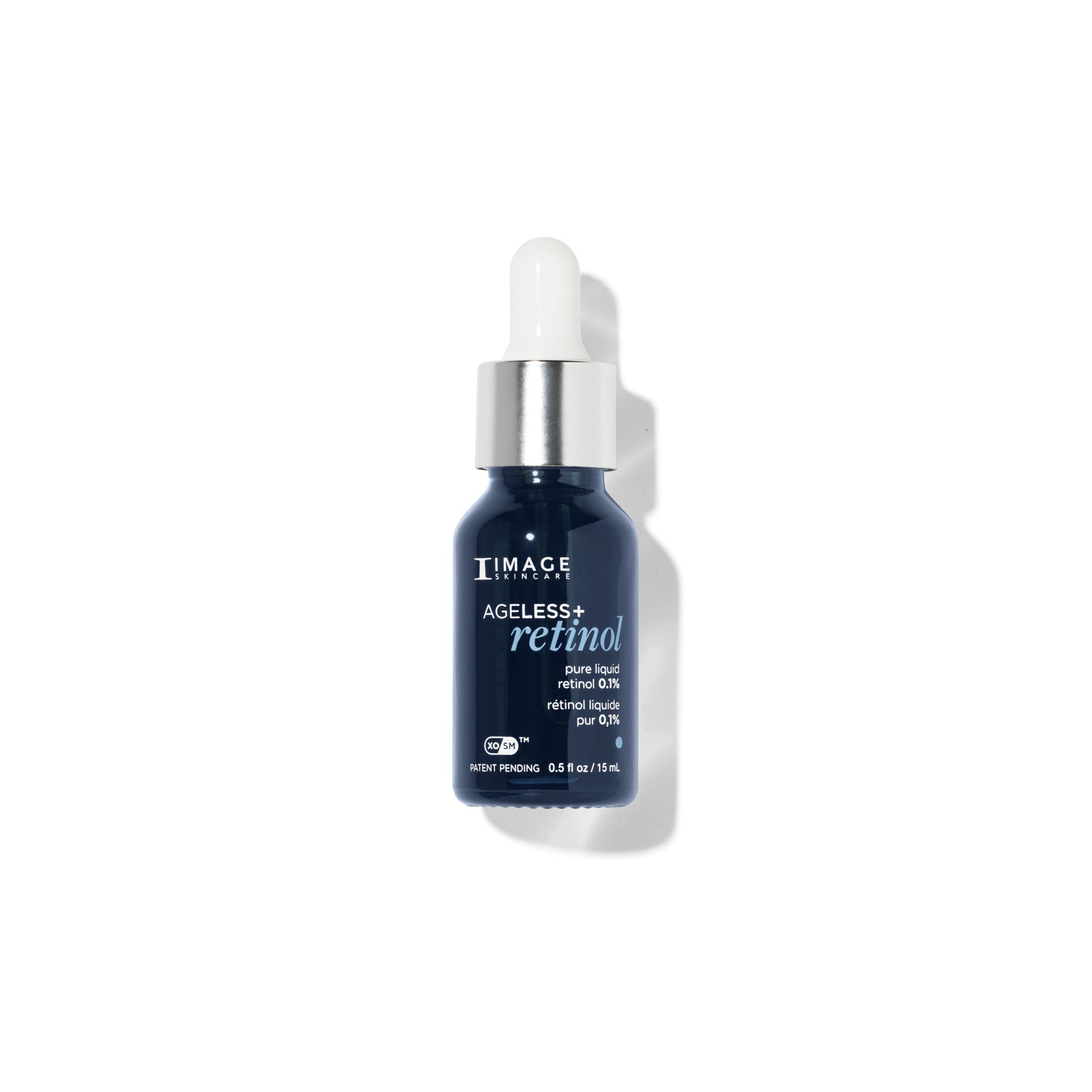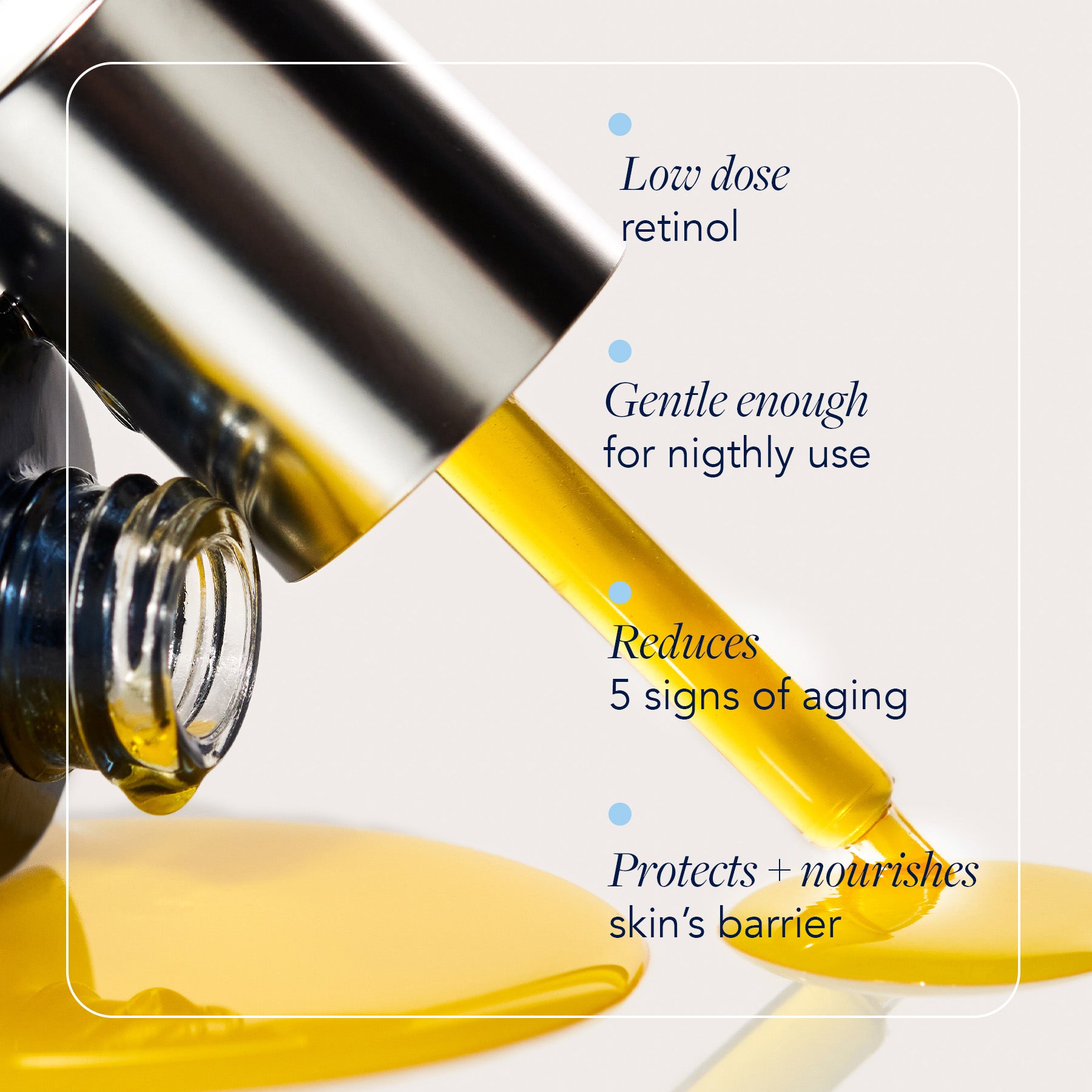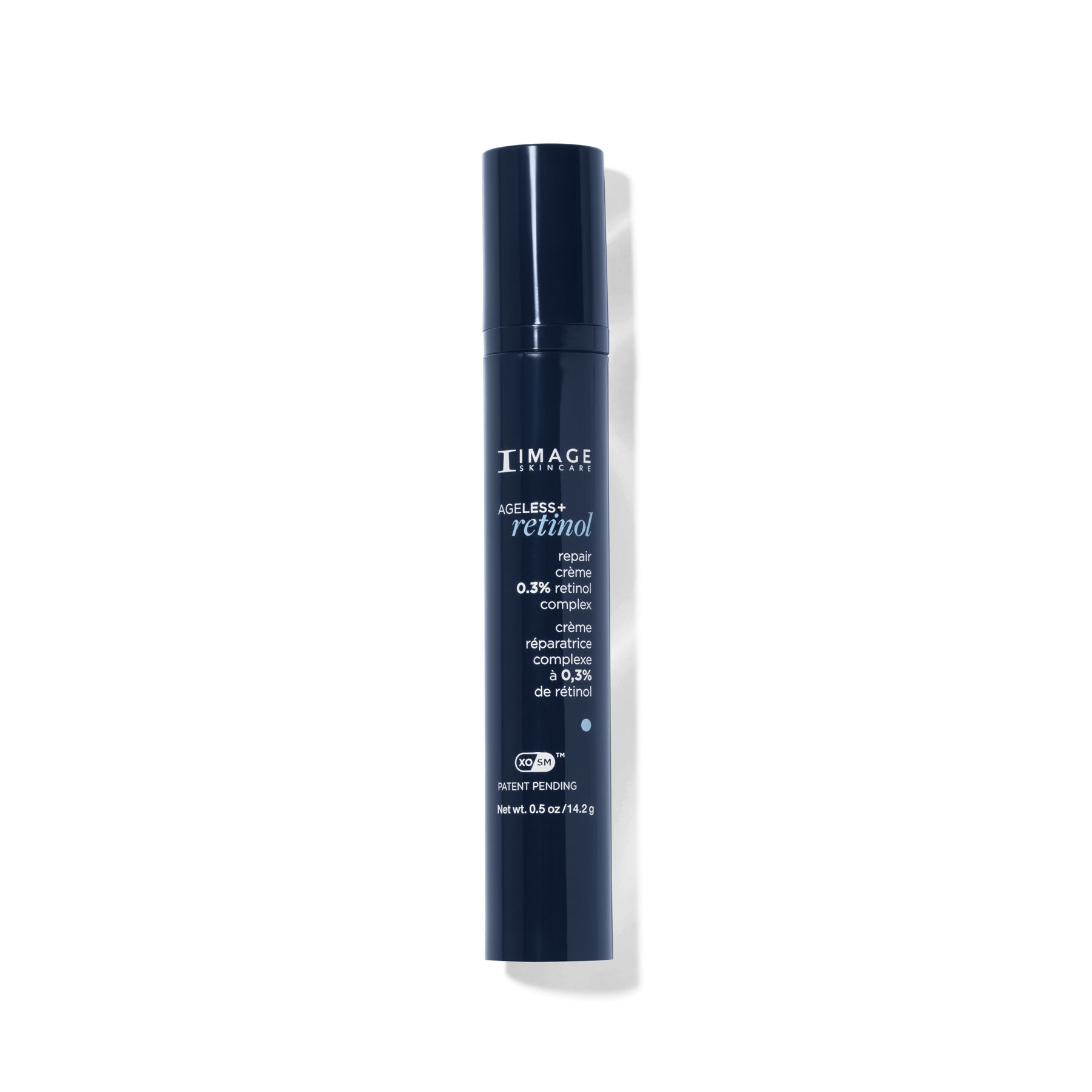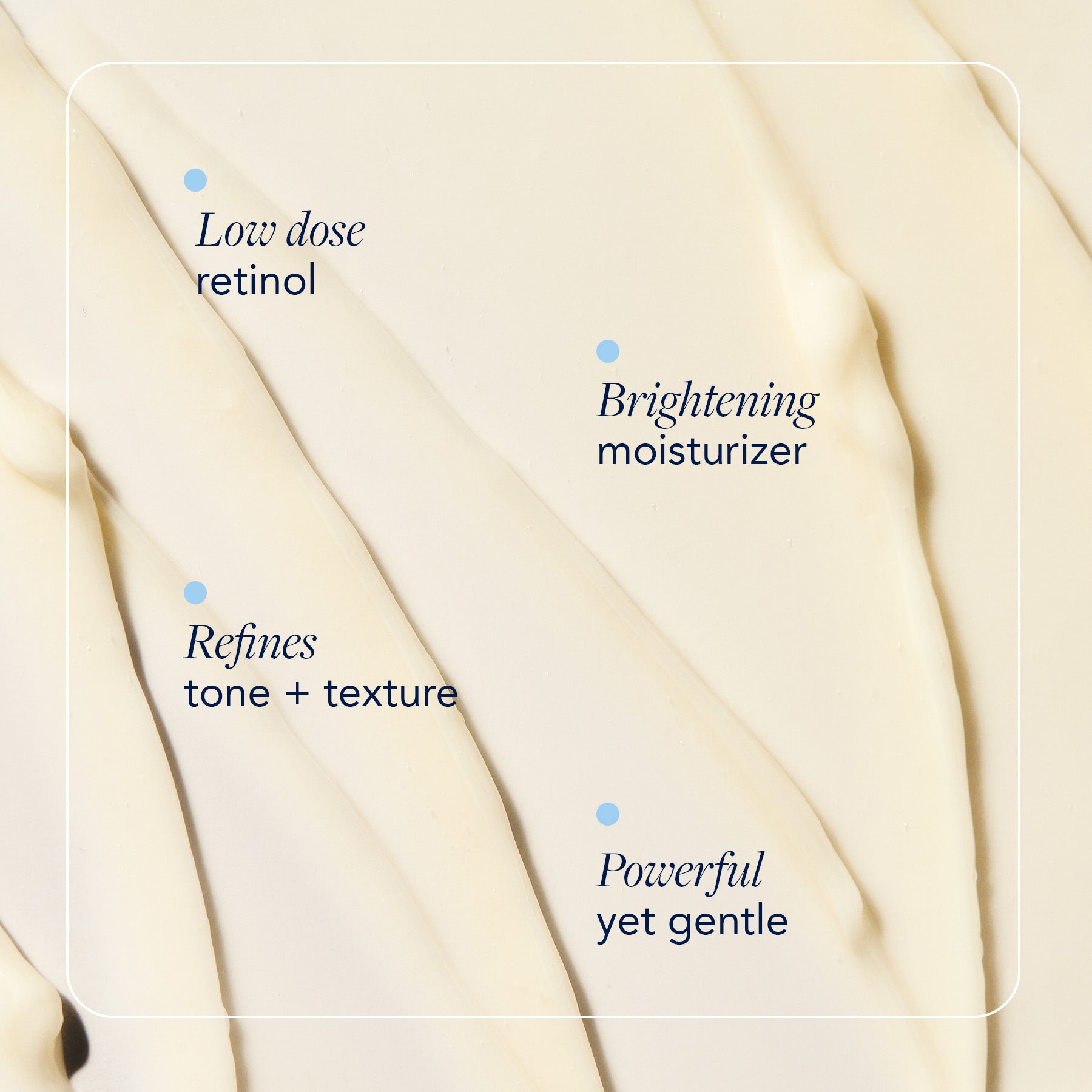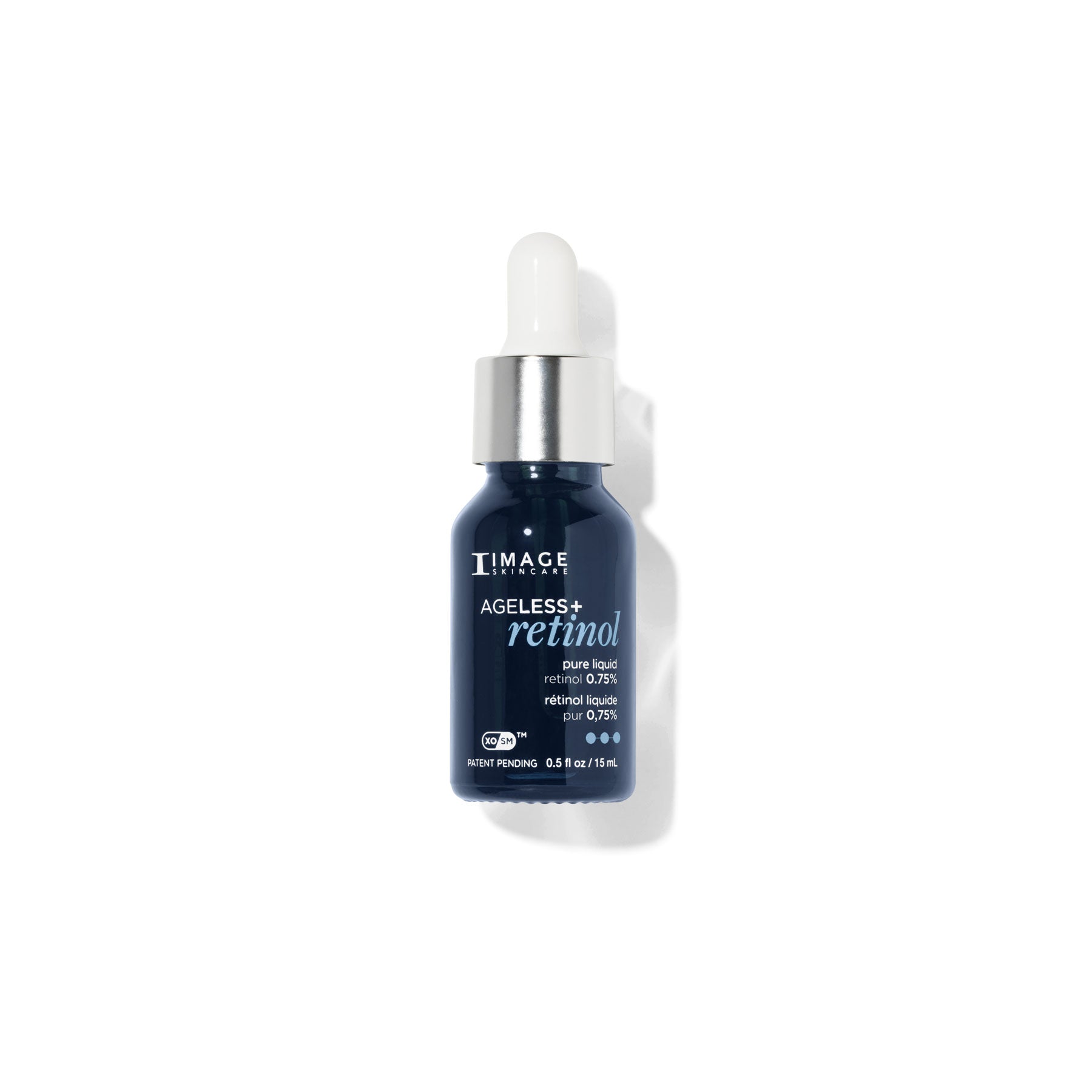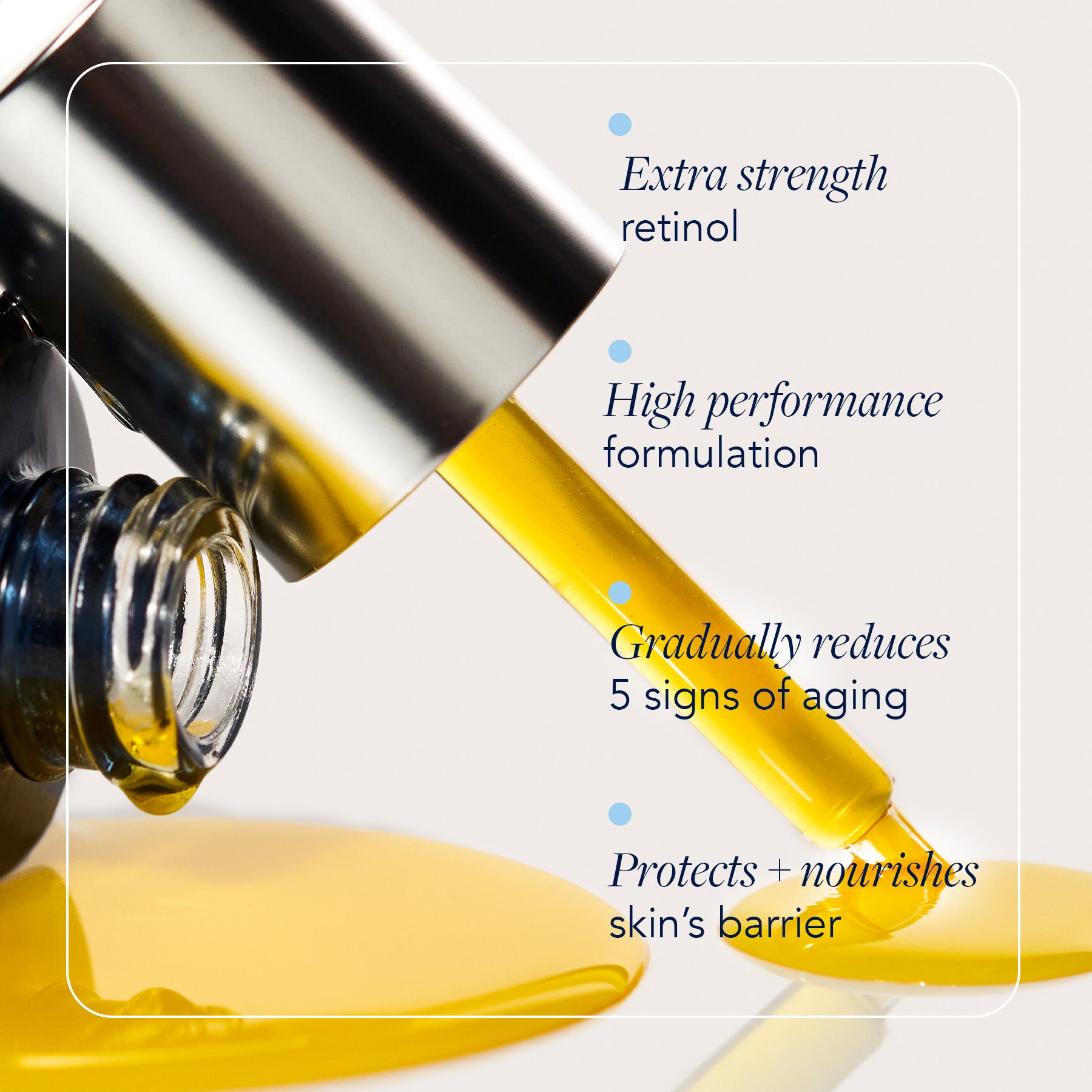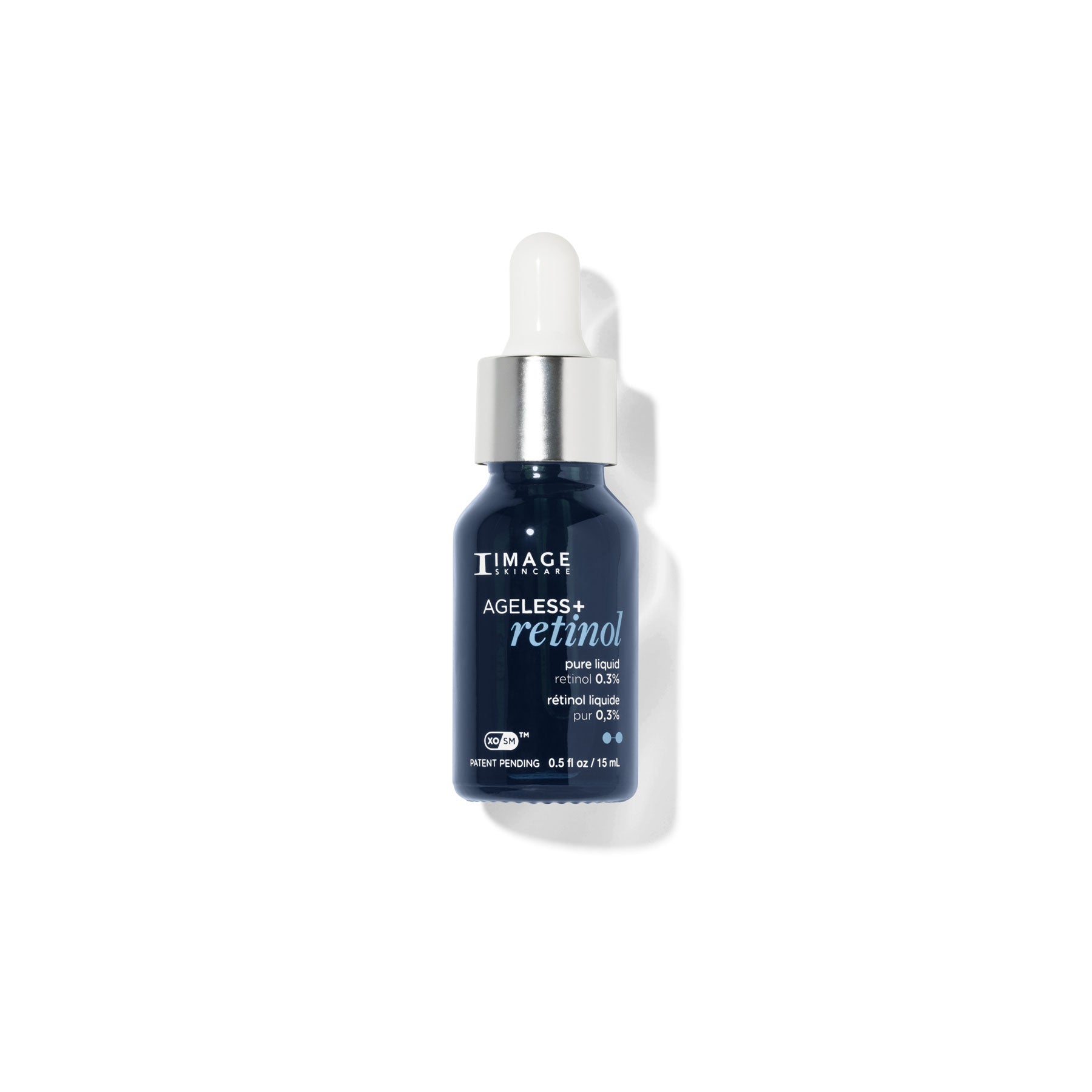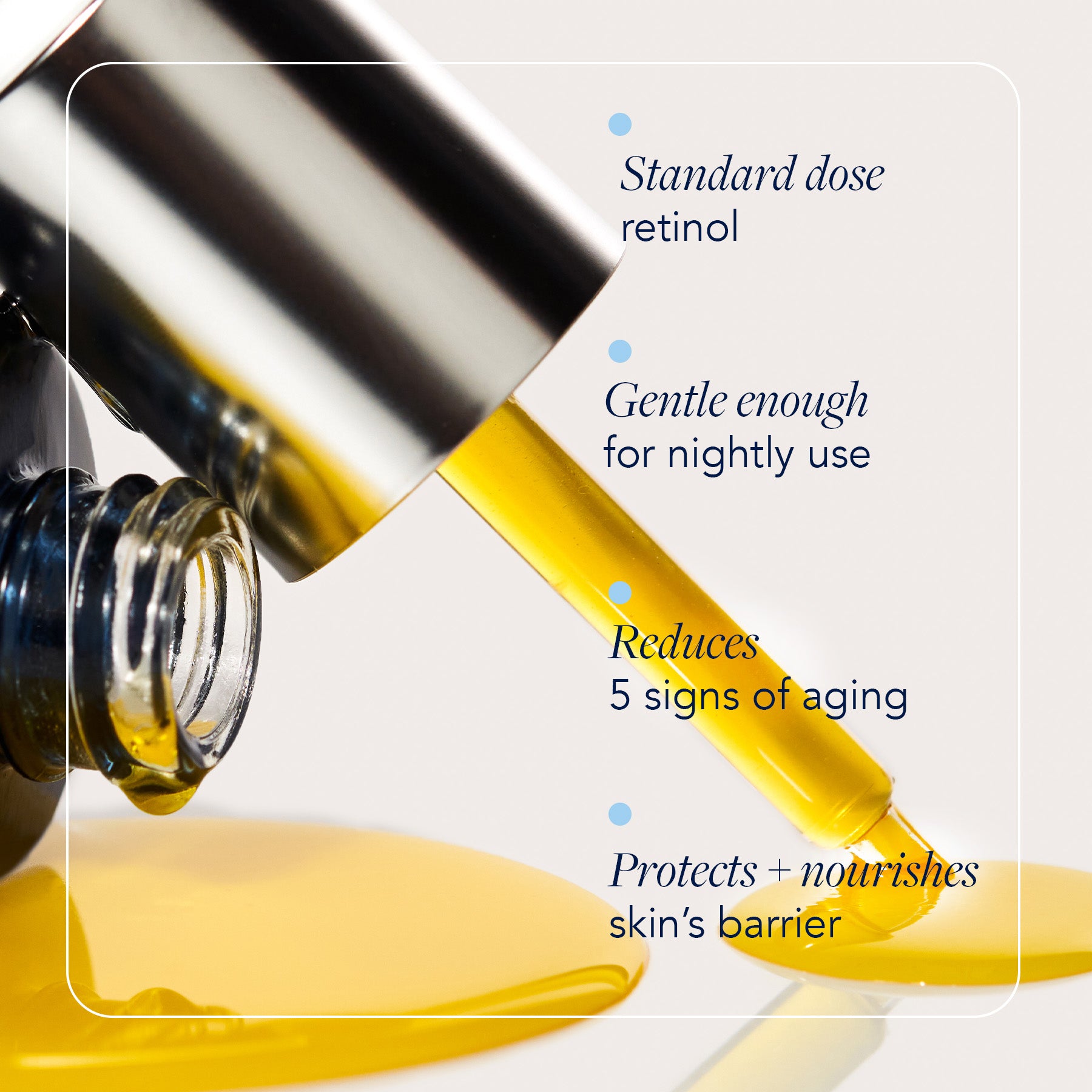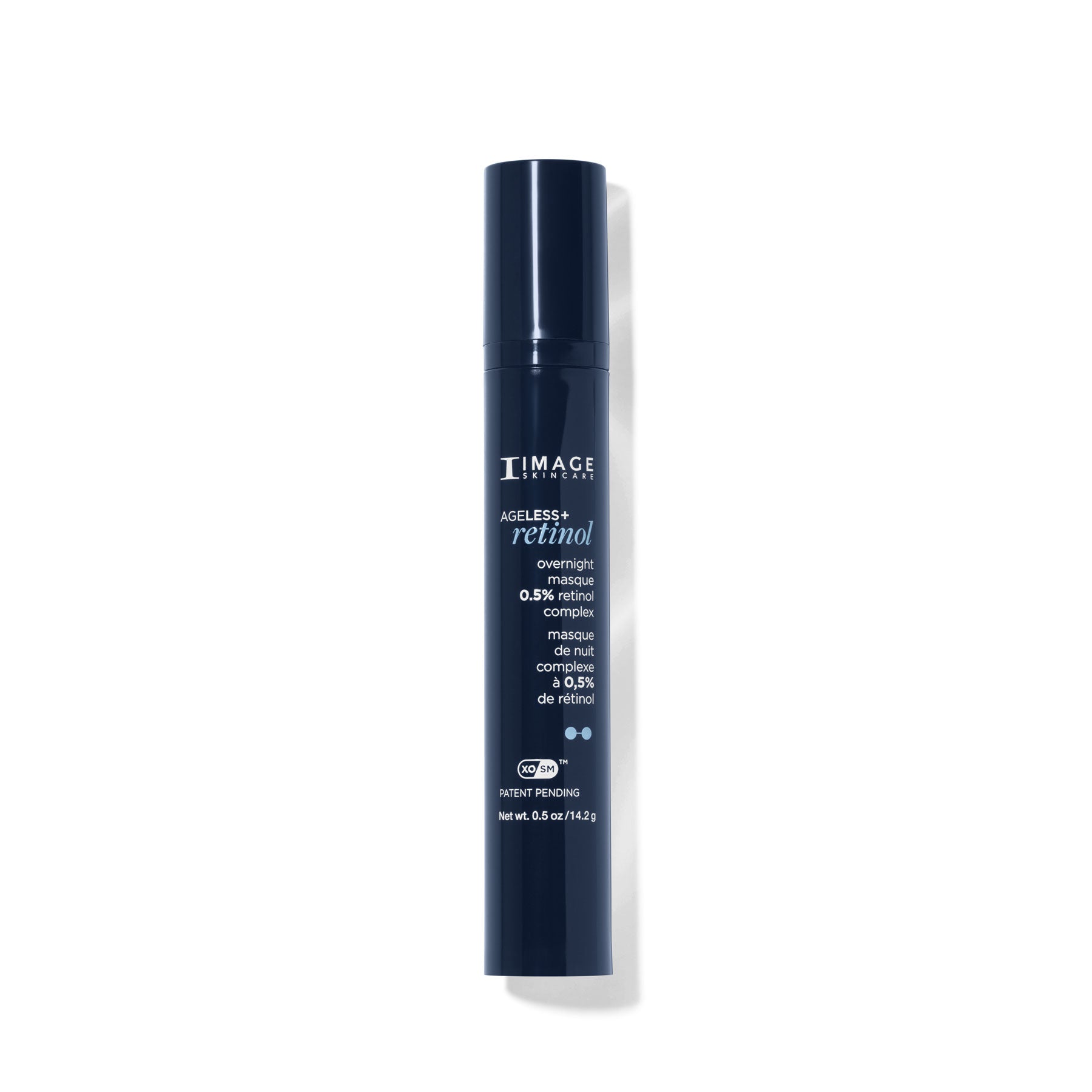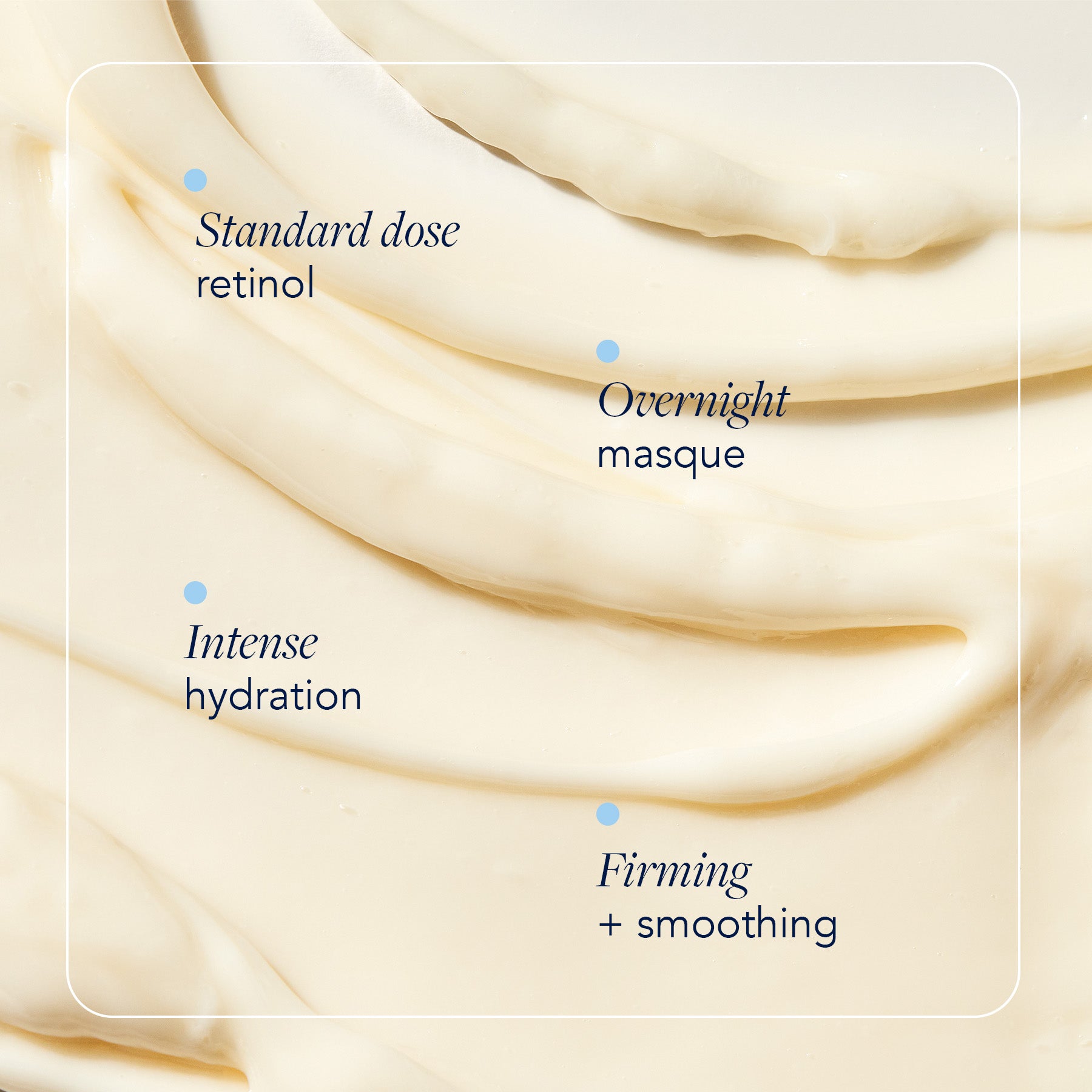Mixing Skincare Ingredients The Right Way

Have you ever stood looking at your skincare shelf wondering whether your brightening serum and retinol cream are secretly fighting behind the scenes? You’re not imagining things. When active ingredients clash, your skin can end up caught in the crossfire, showing signs like redness, peeling, or unexpected breakouts by morning. This is why it's important to learn about mixing skincare ingredients the right way.

Image Skincare Ireland are here to help decode the dos and don’ts. Our guide breaks down what skincare products should not be mixed and which ones actually make a power couple, so you can build a routine that works for your skin with visible results.
What Are Active Ingredients in Skincare?
Active ingredients are the clinically proven components in your products that target your specific skin concerns. Examples are: retinol for fine lines, vitamin C for skin brightening, or salicylic acid for breakouts. Unlike base formulas or texture enhancers, actives work on a deeper level to help drive visible change in the skin. Because of their potency, they must be used with care, especially when layering, to avoid irritation or neutralising their effects.
Need a refresher? Head to our Building a Daily Skincare Routine post for a breakdown on the basics.

Mixing Skincare Ingredients The Right Way.
- There’s a reason skincare layering has become a bit of an art. While some ingredients boost each other’s effects, others can cause sensitivity, imbalance and even cancel each other out. A general rule to go by: go slow, stick to two or three actives at a time, and do not combine multiple exfoliants unless directed by a professional. Here are a few of the trickiest pairings:
Retinol
Retinol is a vitamin A which is a derivative and one of the most researched ingredients in dermatology. It stimulates collagen production and encourages fresh skin cells to improve texture, minimise fine lines, and refine pores. Because it works deep in the skin, it’s highly effective, but it can also cause dryness or flaking, especially at first. That’s why knowing what to avoid when using it is crucial.
Avoid combining retinol with:
- AHAs/BHAs: Exfoliating acids like glycolic acid, lactic acid, and salicylic acid can thin the outer layer of the skin. Can you mix salicylic acid and retinol? Not unless you want to risk compromising skin barrier.
- Benzoyl Peroxide: While effective for acne, over-the-counter benzoyl peroxide can deactivate retinol when used simultaneously and amplify dryness. If both are part of your routine, using them on alternating nights or as directed by a professional is best.
- High concentrations of Vitamin C: Vitamin C and retinol have different pH requirements and can compete on the skin when layered, sometimes causing sensitivity.
Pro Tip: Can you use vitamin C with retinol? Yes, but use vitamin C in the morning and retinol at night to get full benefits without overstressing your skin.

Vitamin C
Vitamin C (ascorbic acid) is a powerful antioxidant that supports collagen production, brightens dull skin, and reduces the appearance of dark spots. It can also help defend against oxidative stress from pollution and UV exposure. However, despite its benefits, vitamin C can be temperamental when mixing with other skincare ingredients. Avoid combining vitamin C with:
AHAs/BHAs: This includes alpha hydroxy, glycolic, lactic, beta hydroxy and salicylic acids. These exfoliants lower pH and can destabilise vitamin C, which reduces its effectiveness and can increase irritation risk, especially if you have sensitive or reactive skin.
Pro Tip: For the best results, use vitamin C in the morning (with SPF) and save acids for night.

Niacinamide
Niacinamide (vitamin B3) is a multitasking ingredient that can improve tone, strengthens the skin barrier, reduces redness and help regulate oil. It’s generally well tolerated and pairs easily with many ingredients. That said, even this easy going ingredient can cause issues when used alongside certain actives in high concentrations.
When mixing skincare ingredients, avoid combining niacinamide with:
- AHAs/BHAs: Pairing niacinamide with exfoliating acids like glycolic, lactic, or salicylic acid can be a bit too aggressive, especially if have sensitive or healing skin. Over-exfoliating can impair the skin’s barrier, limiting what we actually use niacinamide for.
- Higher Concentrations of Vitamin C: While newer research suggests they can coexist in stable formulations, layering potent concentrations of both can still trigger flushing in some skin types. To help avoid a reaction, use a product already formulated with both or alternate their use throughout the day.
Pro Tip: Niacinamide calms irritation and supports skin resilience, but like all actives, it works best when paired strategically.

What skincare products work well together:
While some ingredients need some space in your routine, others make a powerful team to enhance each other’s benefits or tackle multiple skin concerns more effectively than when used alone. Here when mixing skincare ingredients the right way, comes into play:
Ingredient Combinations For Anti-Aging and Brightening
- Vitamin C and Ferulic Acid: Ferulic acid stabilises vitamin C and boosts its antioxidant performance.
- Vitamin C and Vitamin E: These antioxidants tag-team to defend skin from environmental stressors and enhance the protective benefits of sunscreen.
- Retinol and Hyaluronic Acid: Can you use hyaluronic acid with retinol? You can, hyaluronic acid offsets dryness and soothes skin, making it an ideal pairing with retinol.
Ingredient Combinations For Hydration and Barrier Support
- Niacinamide and Hyaluronic Acid: One calms, the other hydrates. Together, they help build a healthier, more resilient complexion.
- Peptides and Hyaluronic Acid: Peptides support skin structure, while hyaluronic acid locks in moisture. This combo is a staple for smoother, plumper-looking skin
Ingredient Combinations For Acne and Oil Control
- Salicylic Acid and Niacinamide: Salicylic acid unclogs pores; niacinamide calms and balances oil. Both ingredients support clearer, healthier-looking skin.
Ingredient Combinations For Exfoliation
- AHAs and BHAs: When combined in clinical formulas, this pairing targets both surface and deeper congestion. Just don’t DIY this duo without professional guidance.
- Glycolic Acid and Vitamin C: Used on alternate days, or in well-balanced products, they can help smooth texture and brighten skin tone.

When in Doubt, Ask an Expert About Mixing Skincare Ingredients The Right Way
Even seasoned skincare lovers need guidance sometimes. Mixing the wrong actives can lead to setbacks, and your skin deserves better than trial and error. Not sure? Don’t guess, it's always the right decision to ask a professional.
Keep up with Image Skincare Ireland on Instagram!

